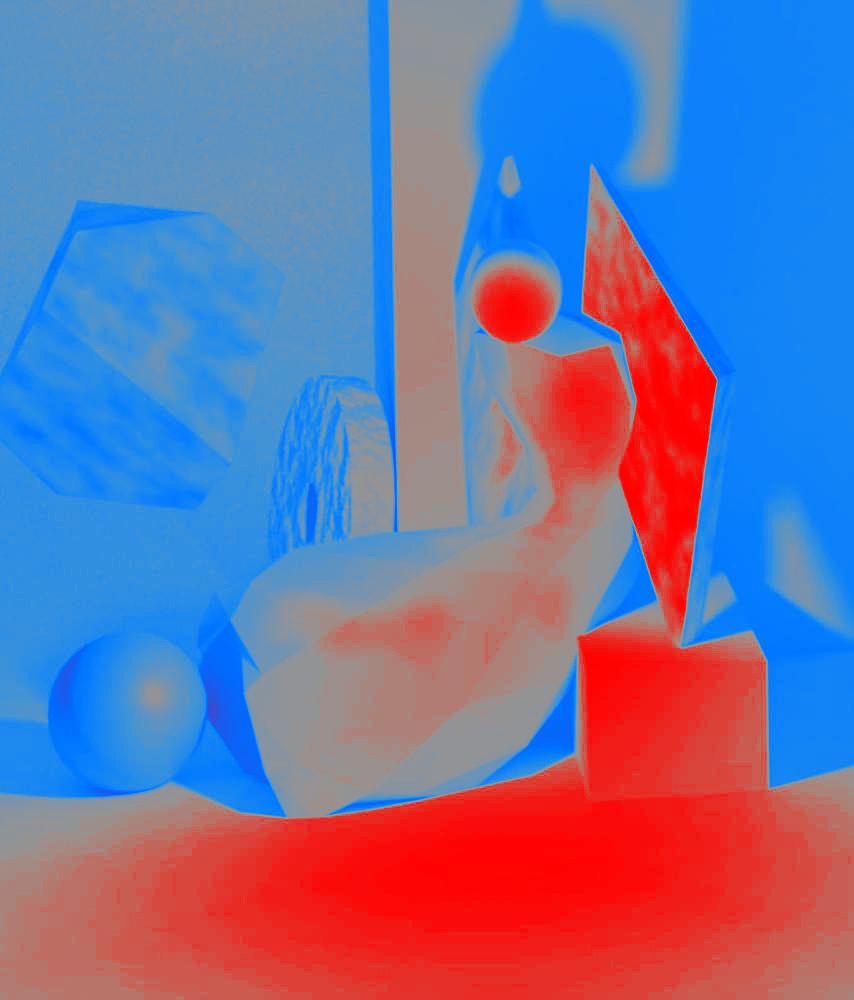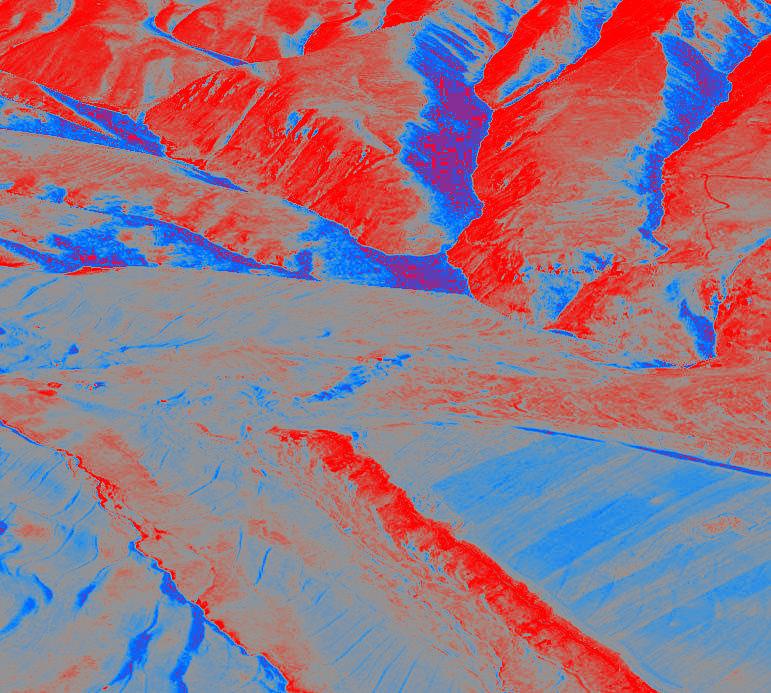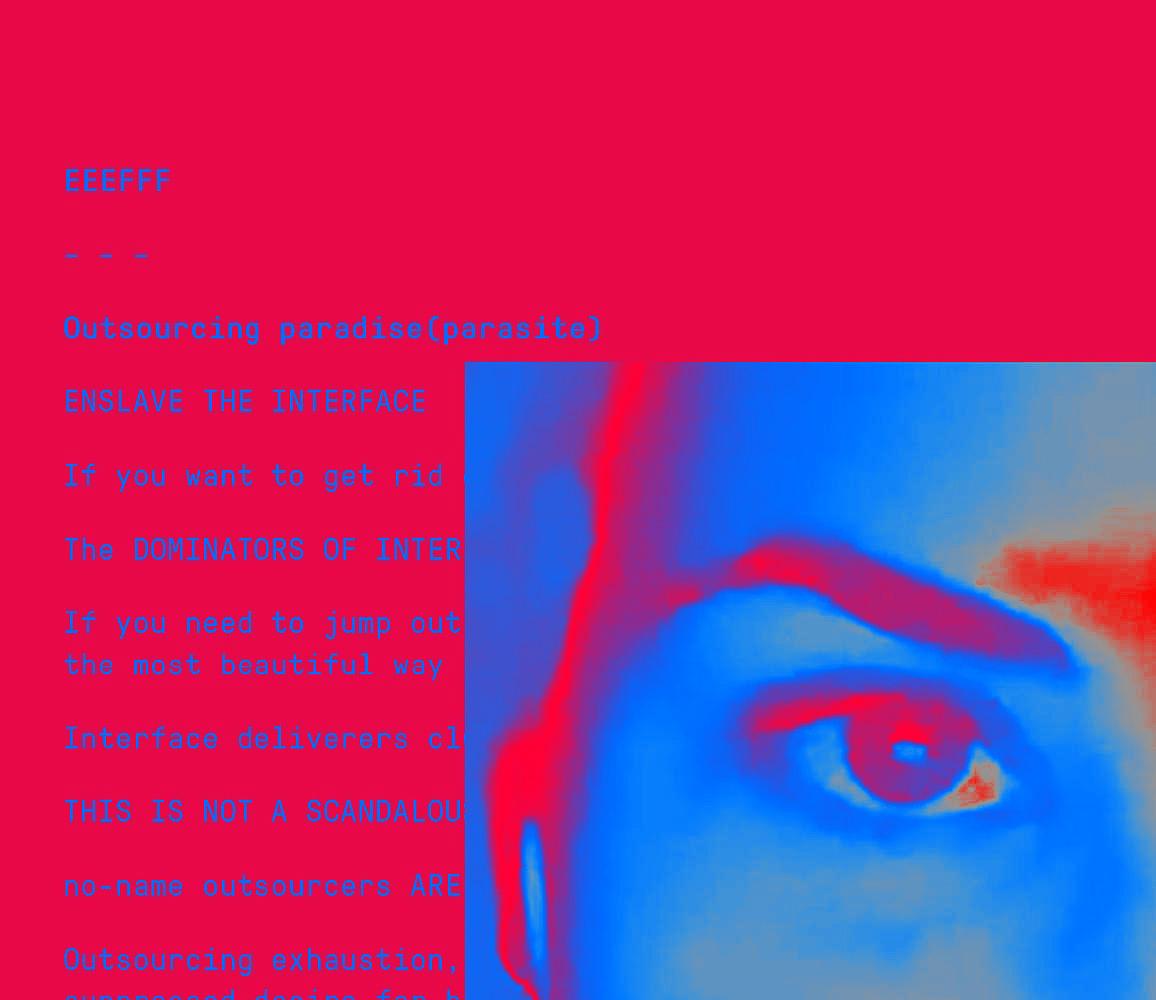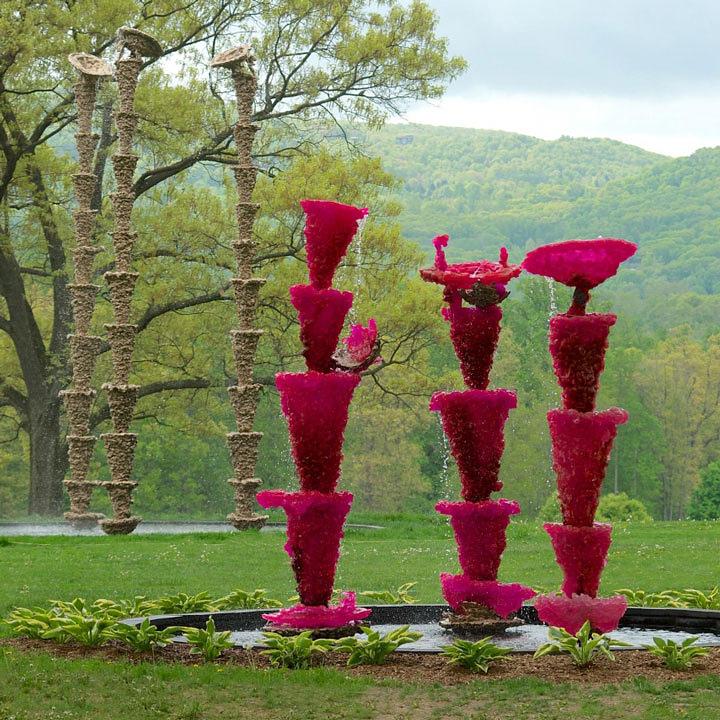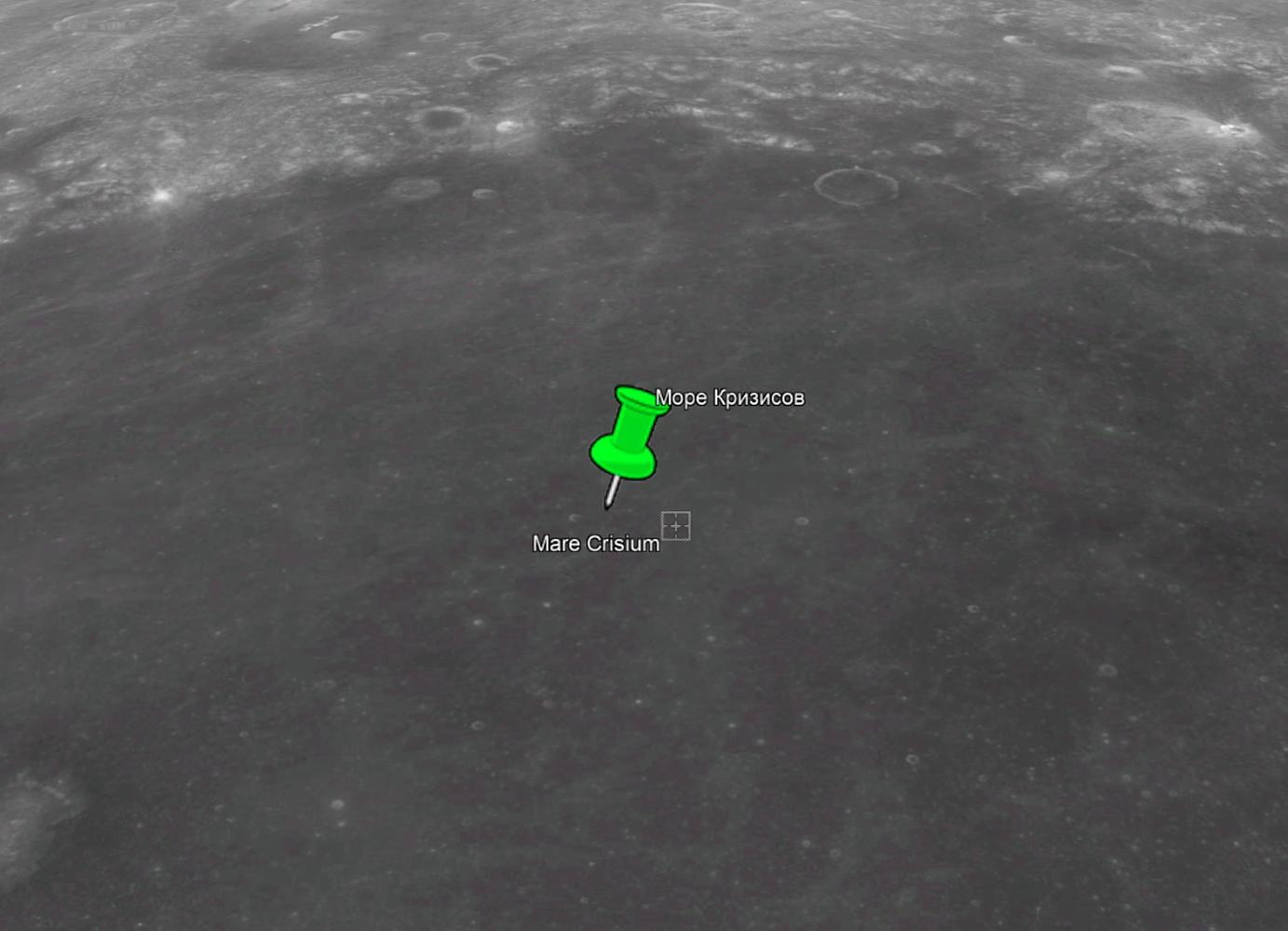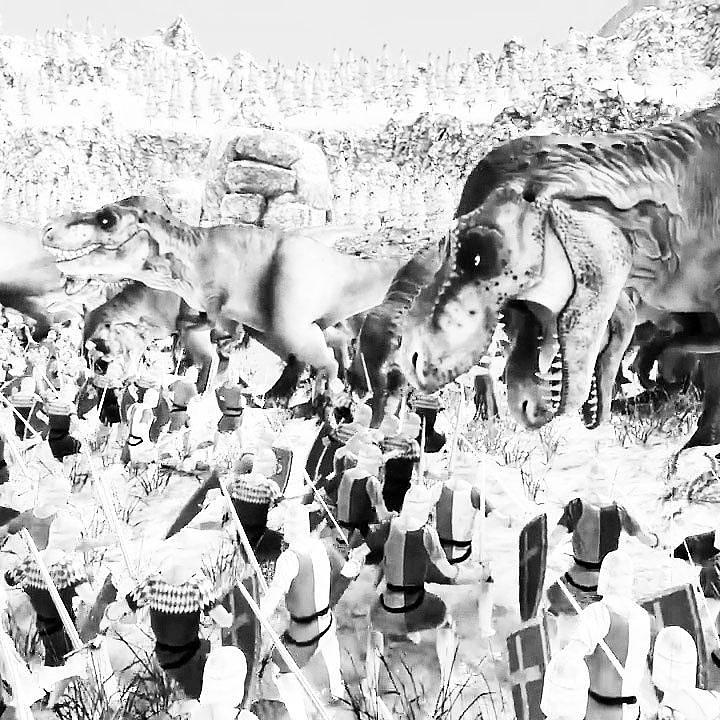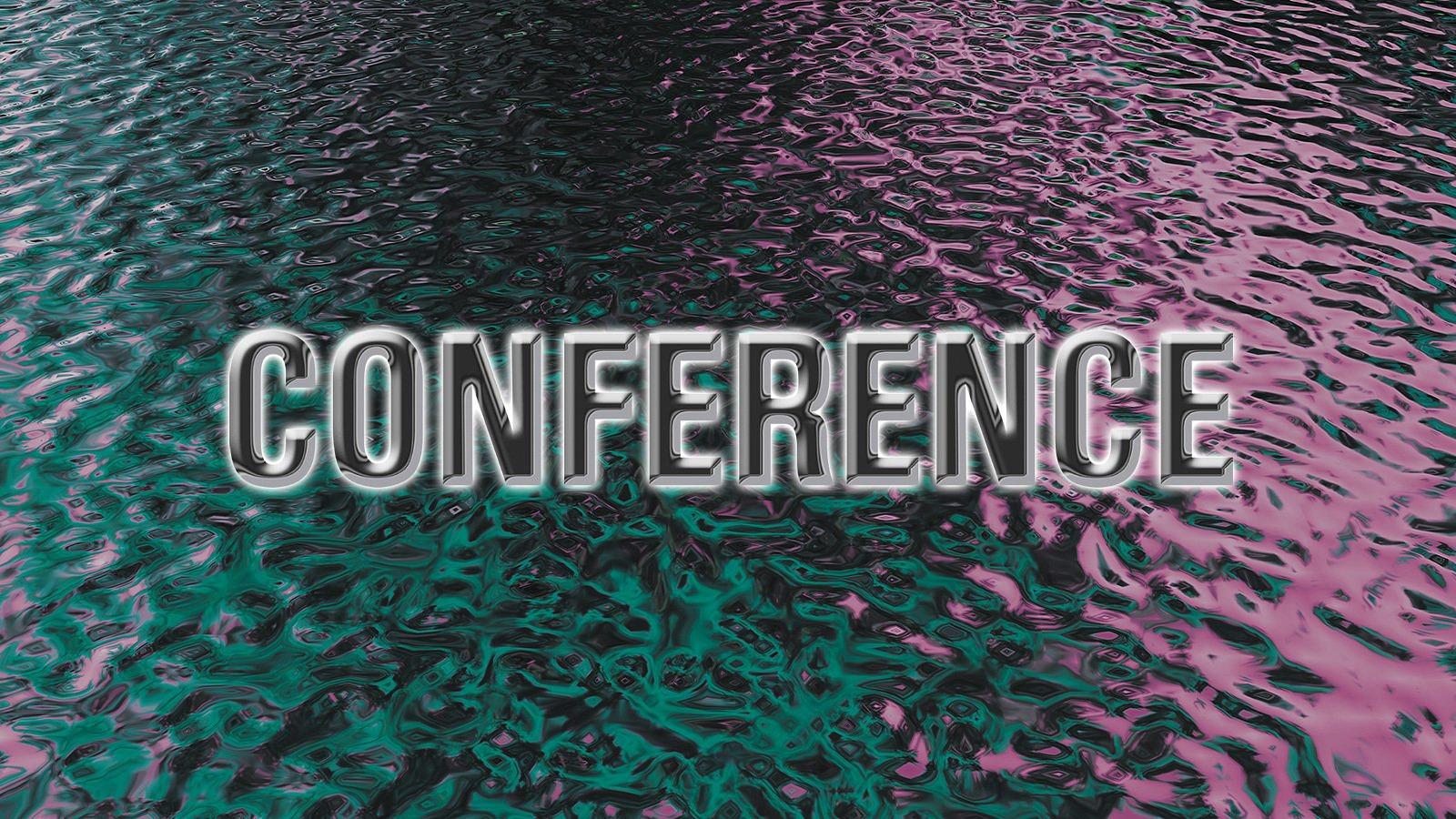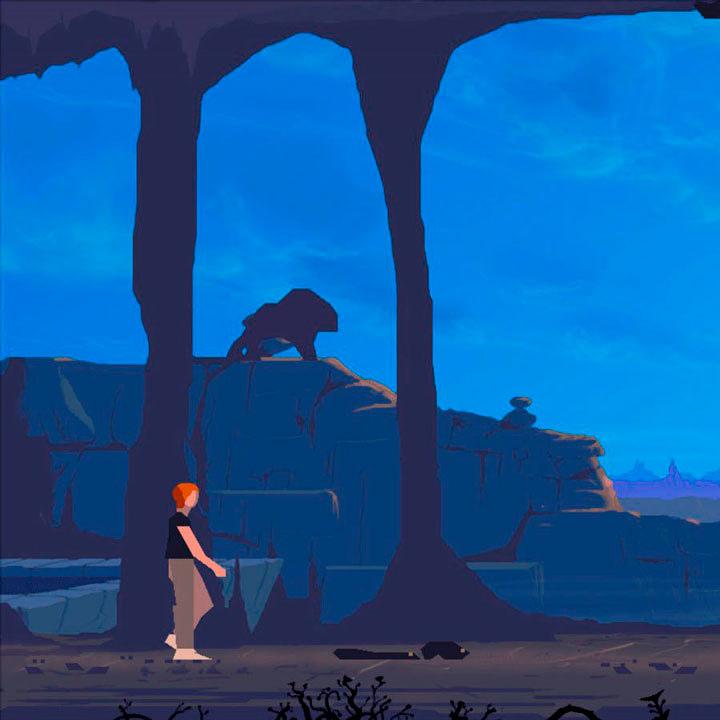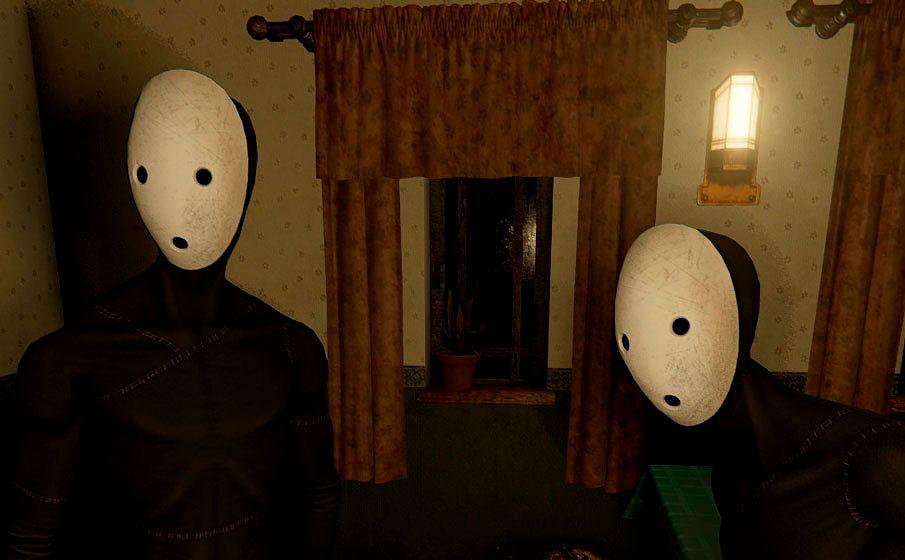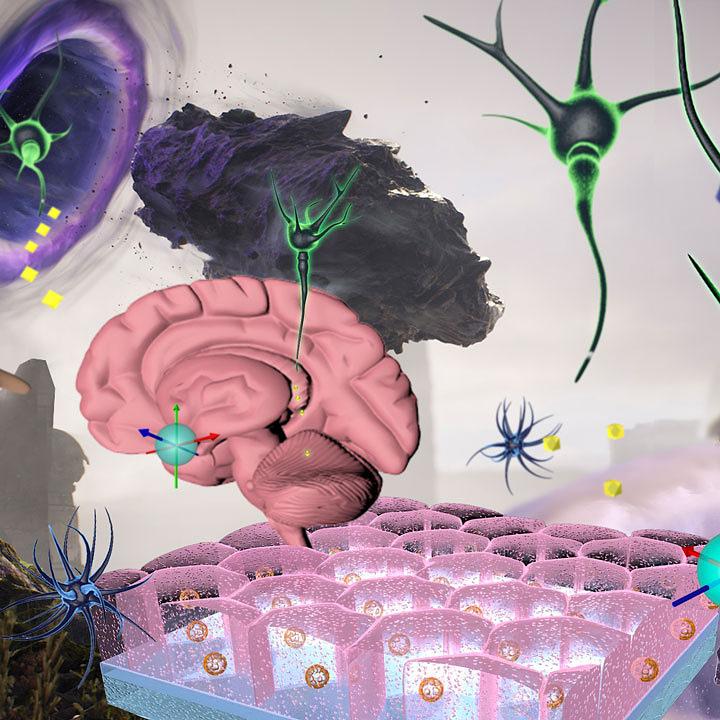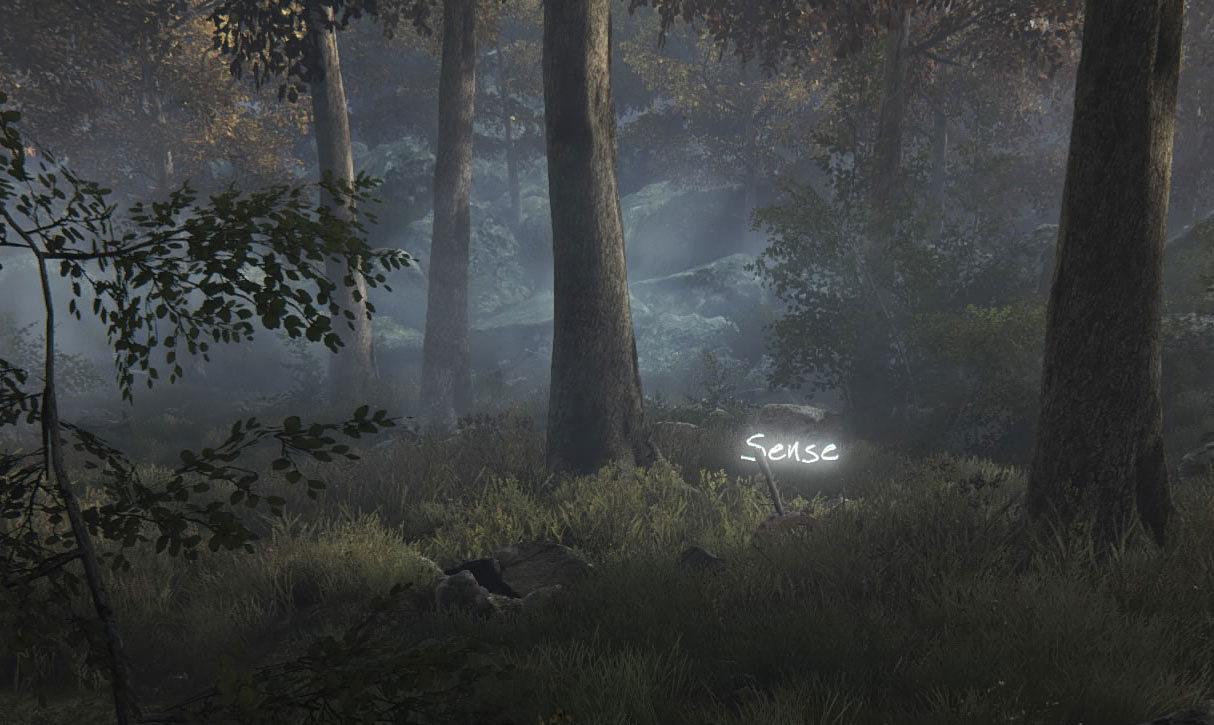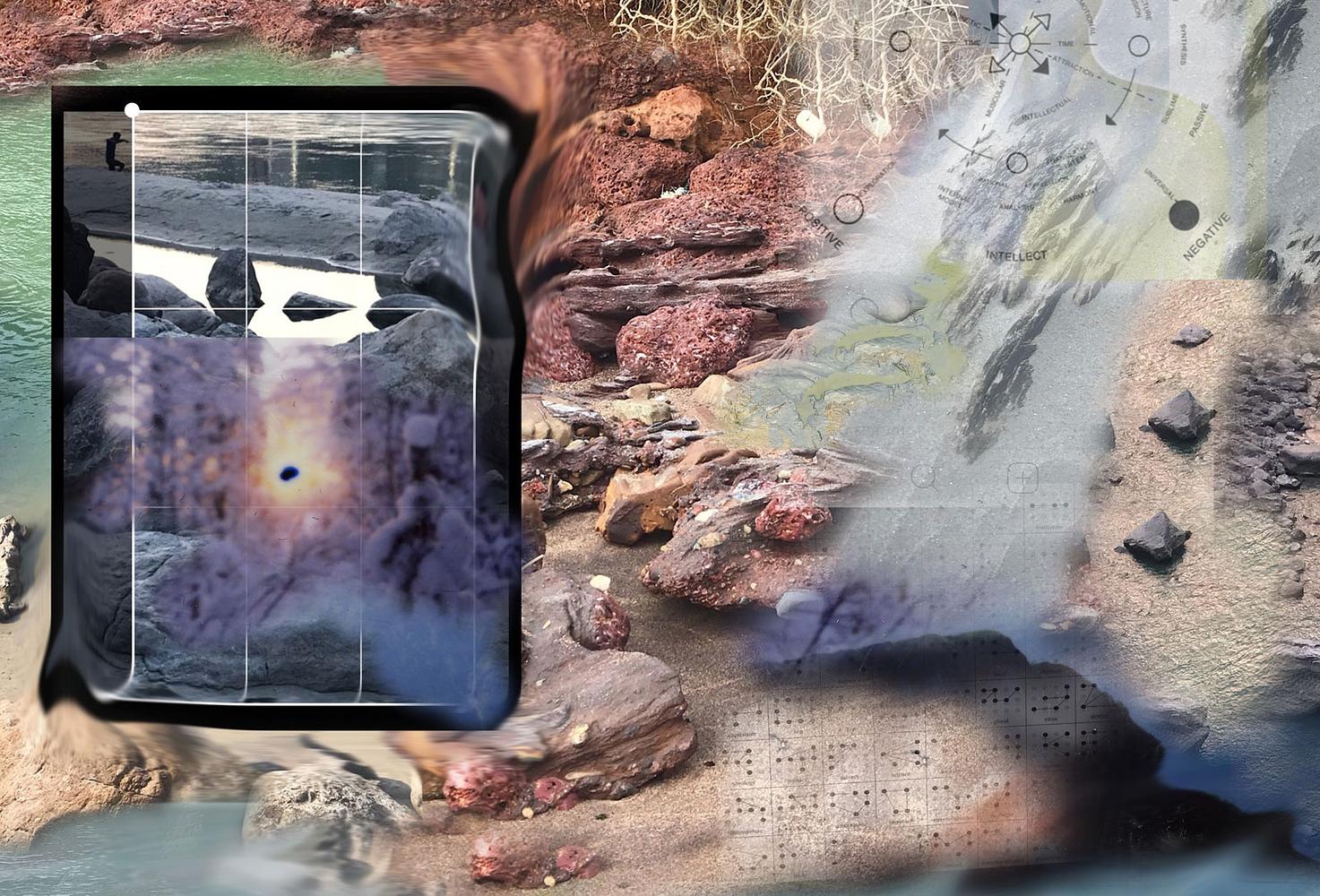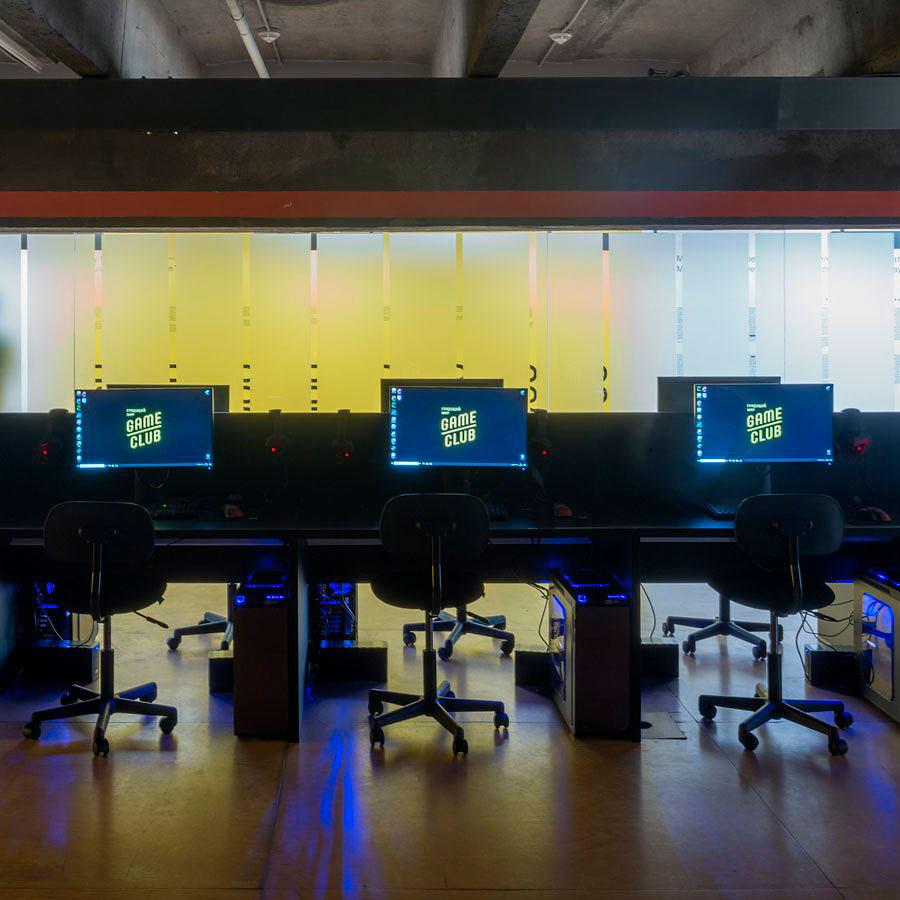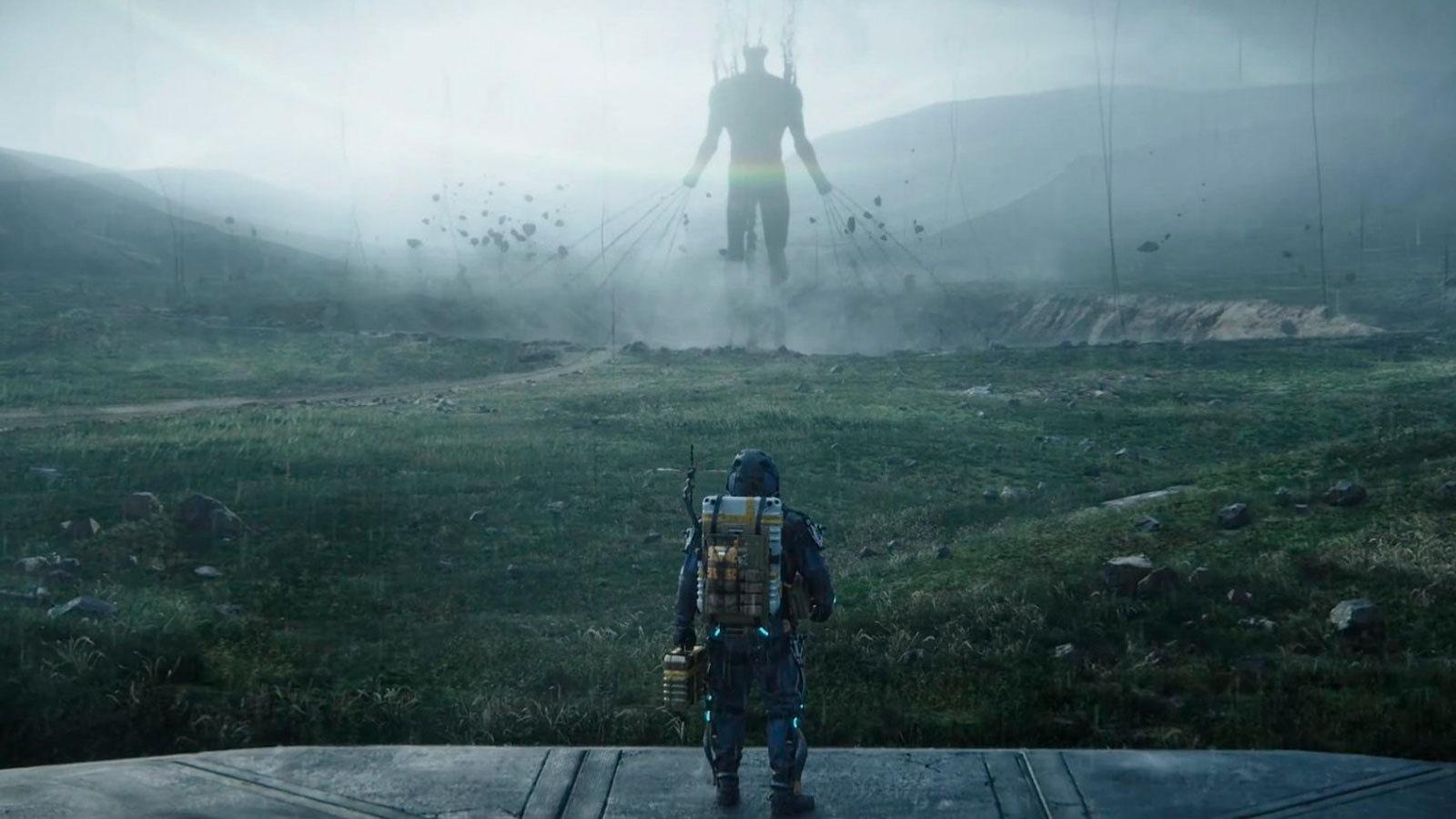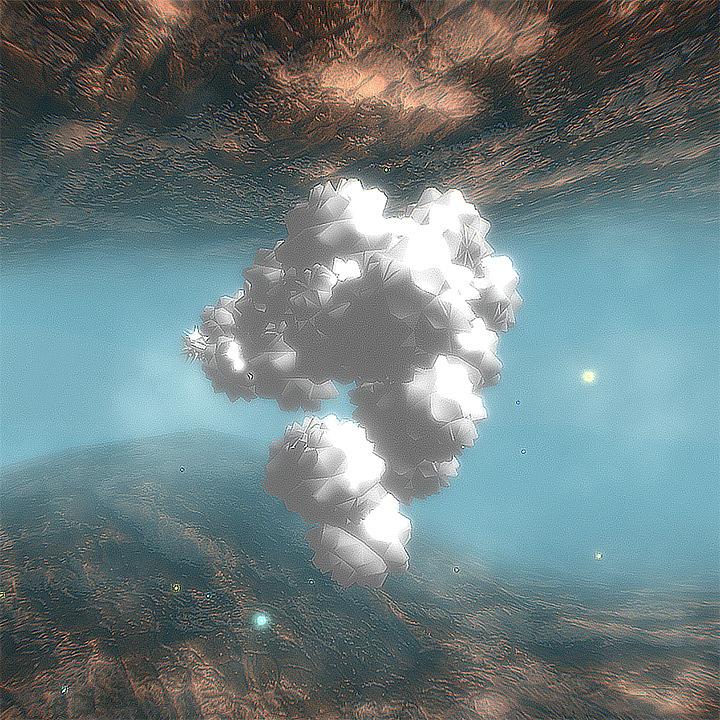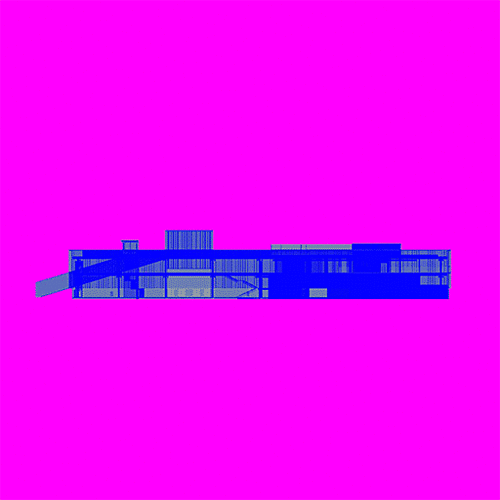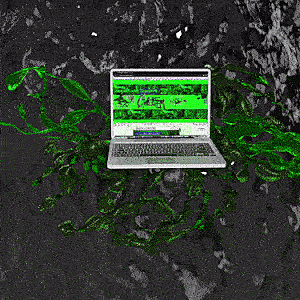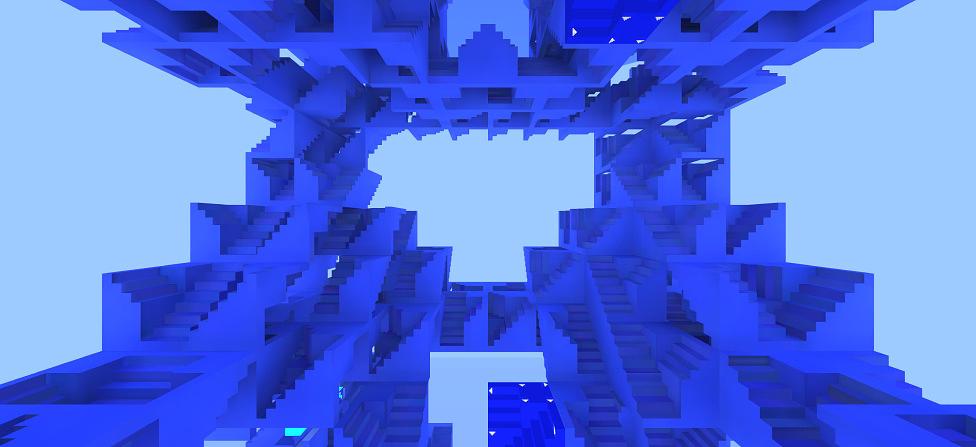
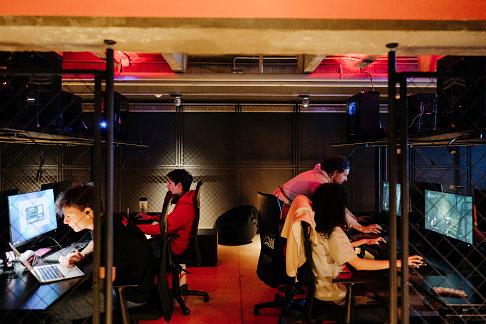
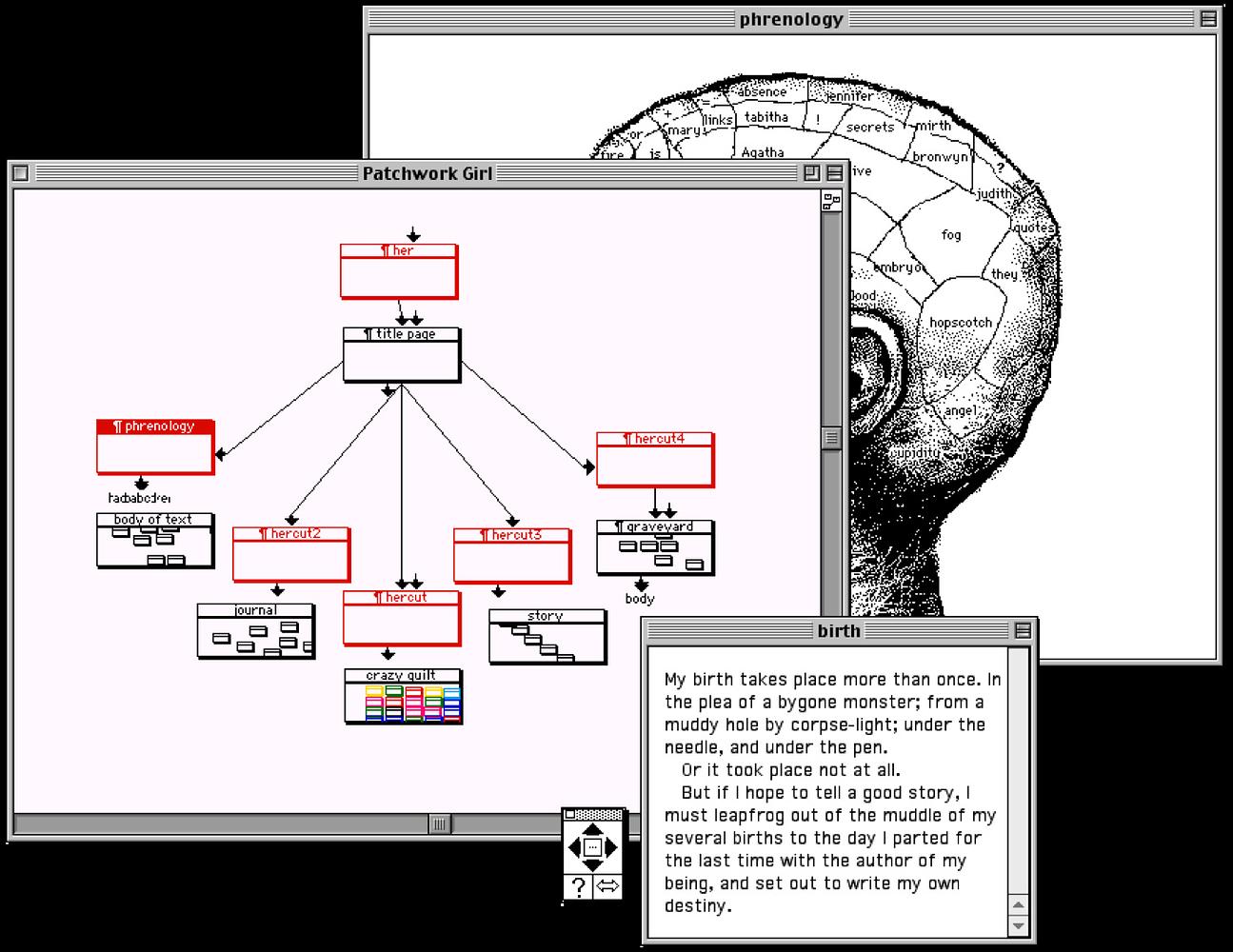
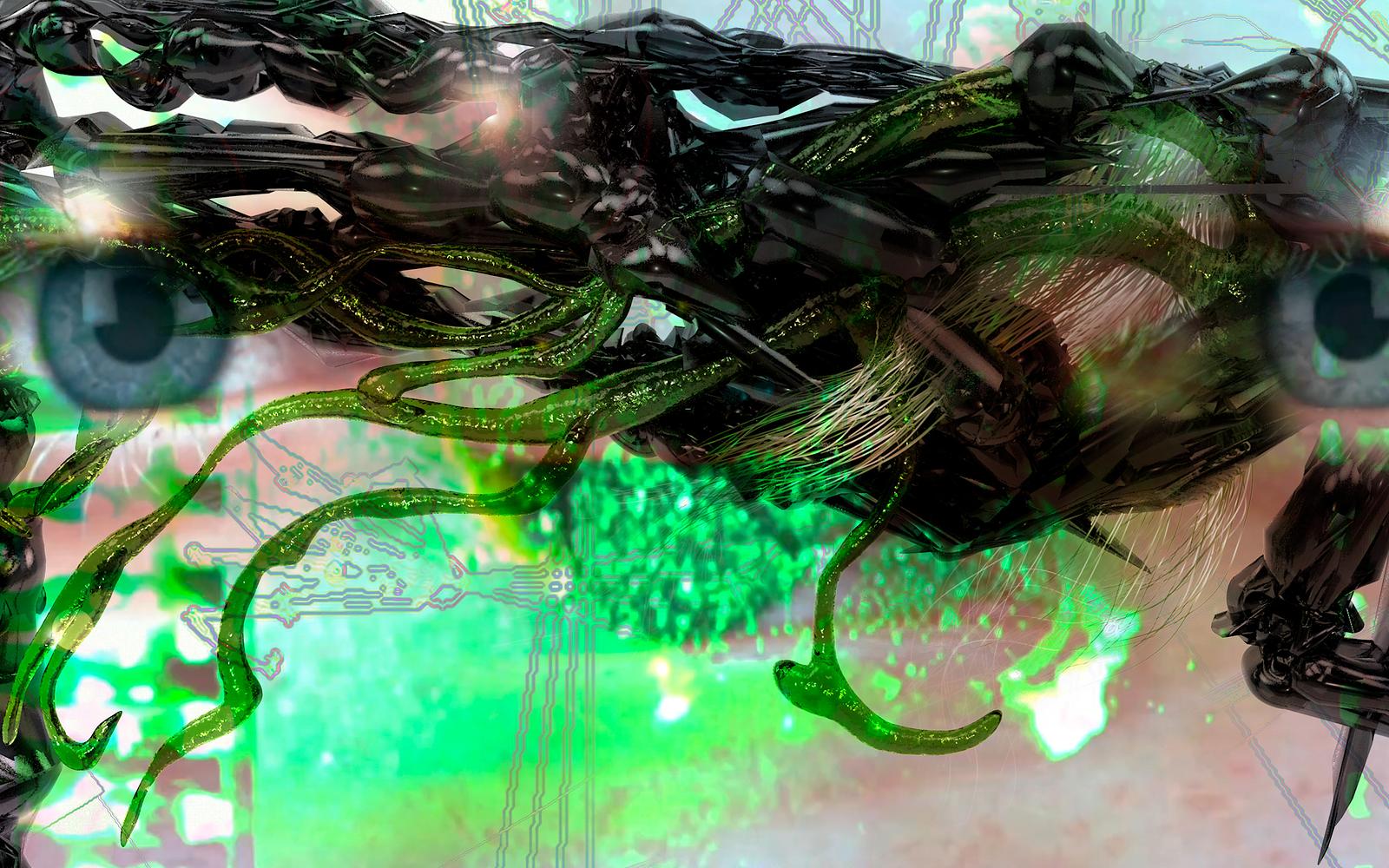
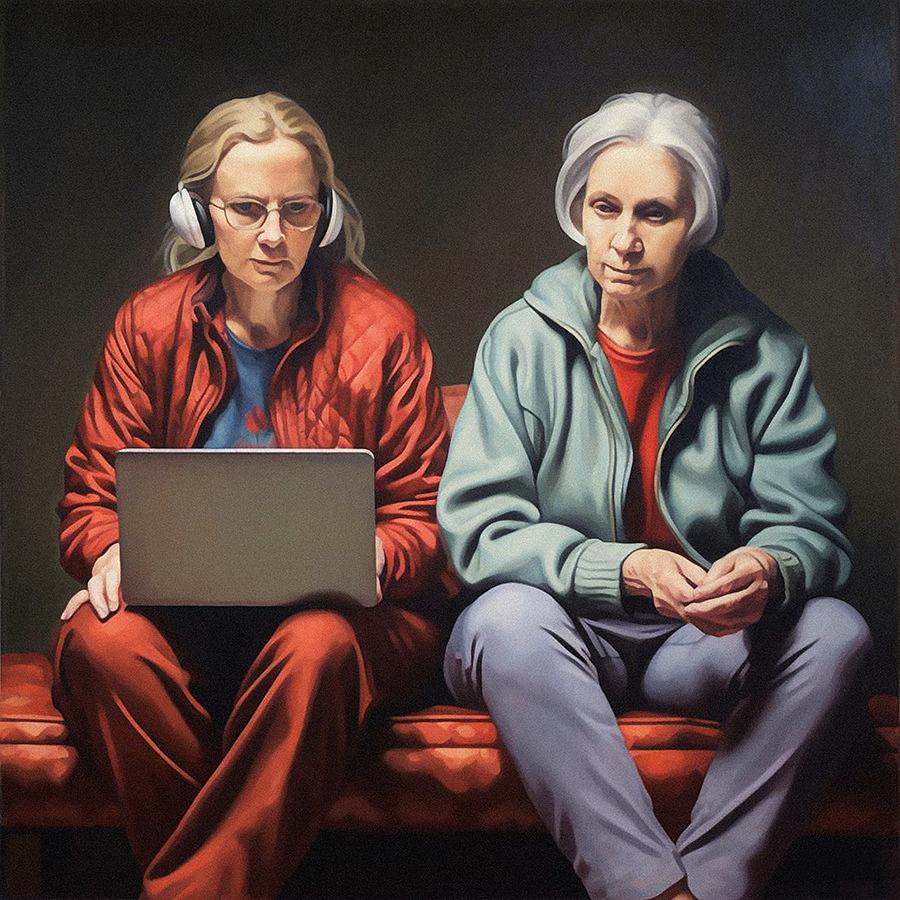
The main goal of the seminar is to transform gaming practice, which is casually believed to be a nonimportant recreational activity, into a training ground for the production of knowledge and social and cultural studies.
This event is part of the public program of the World Gone By computer class.
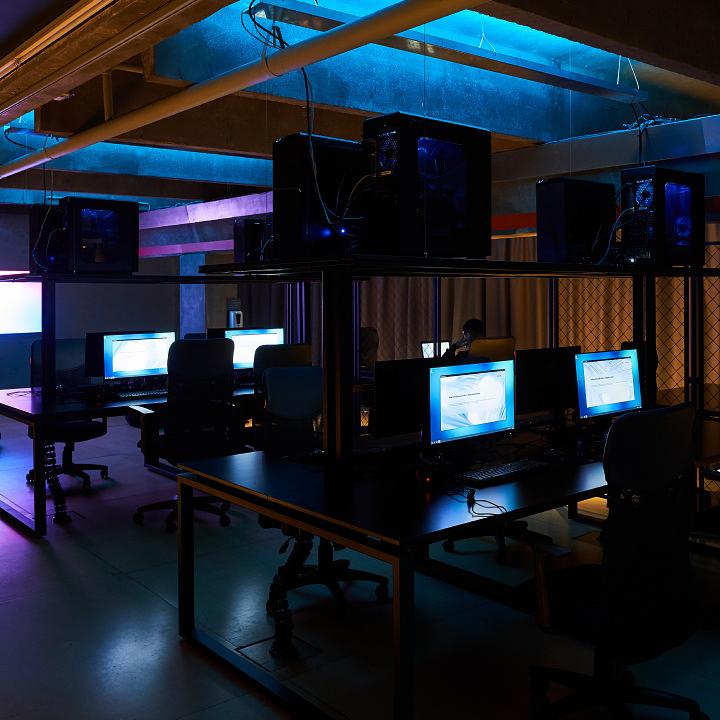
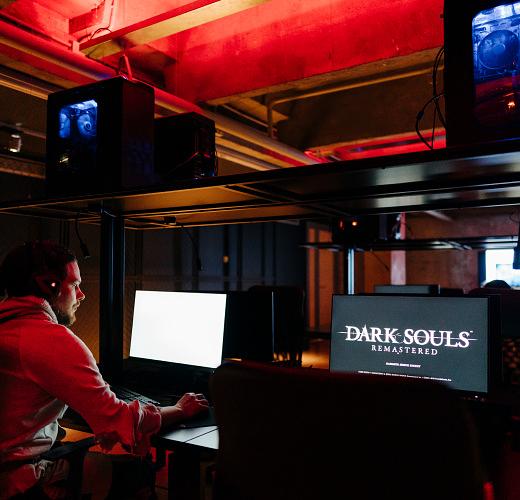
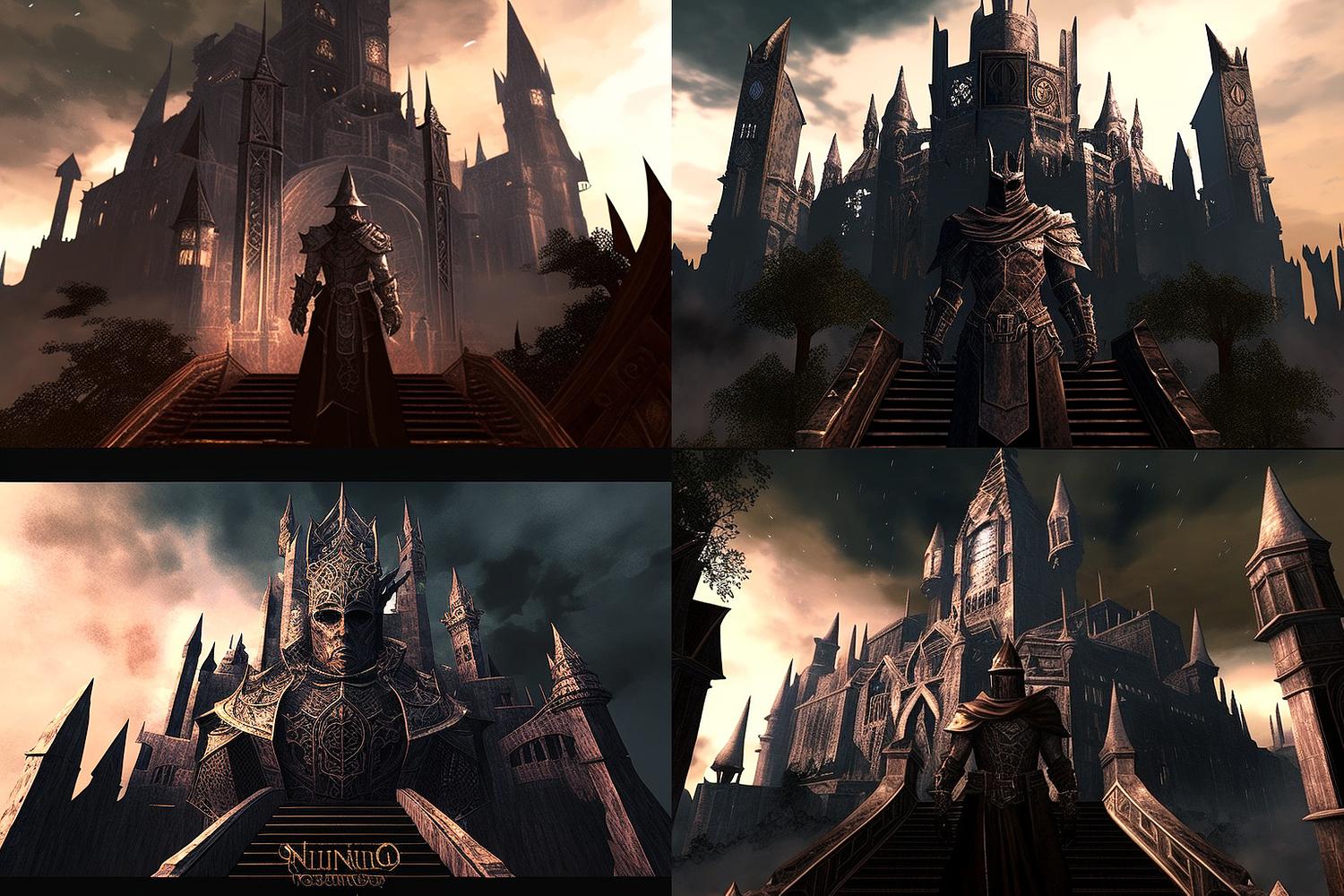
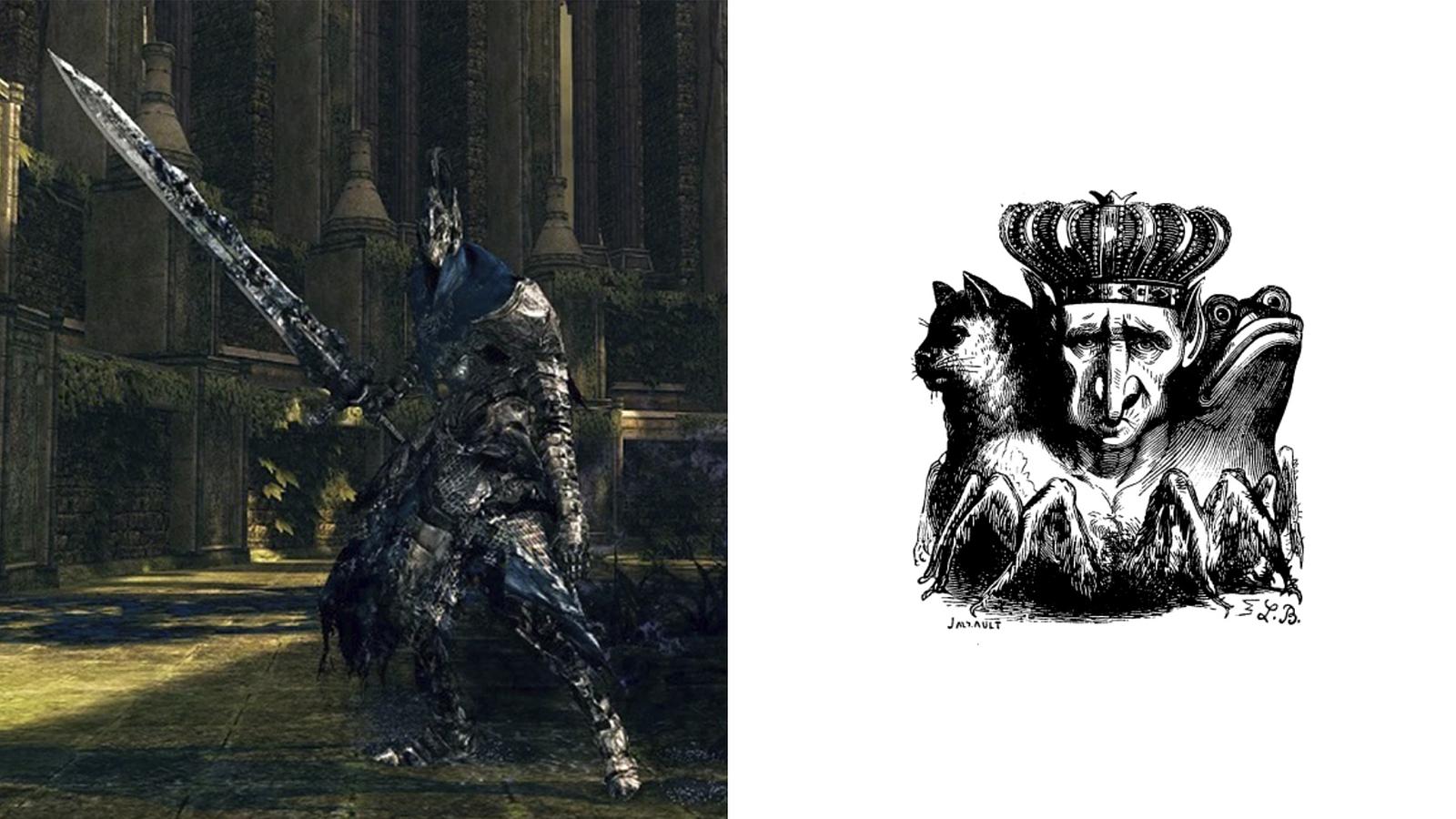
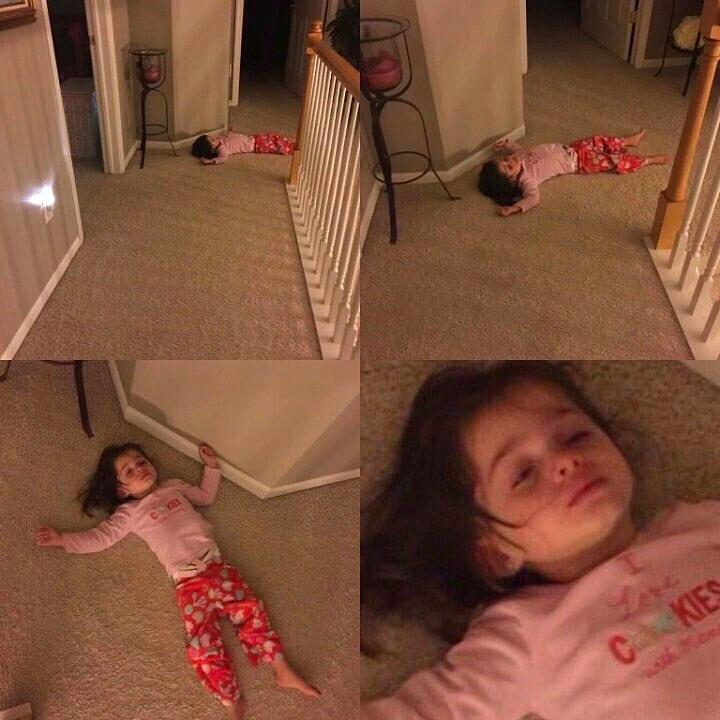

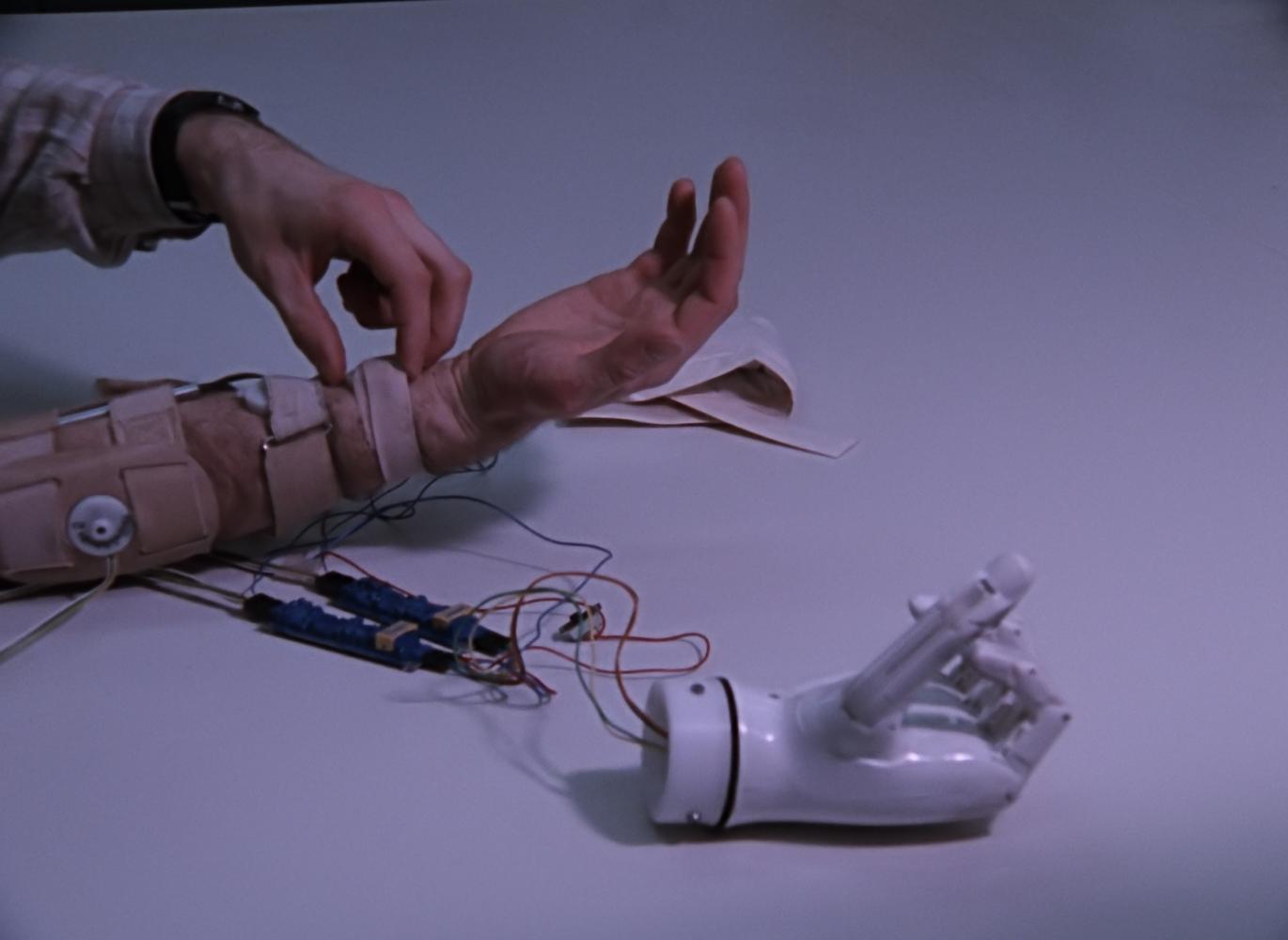
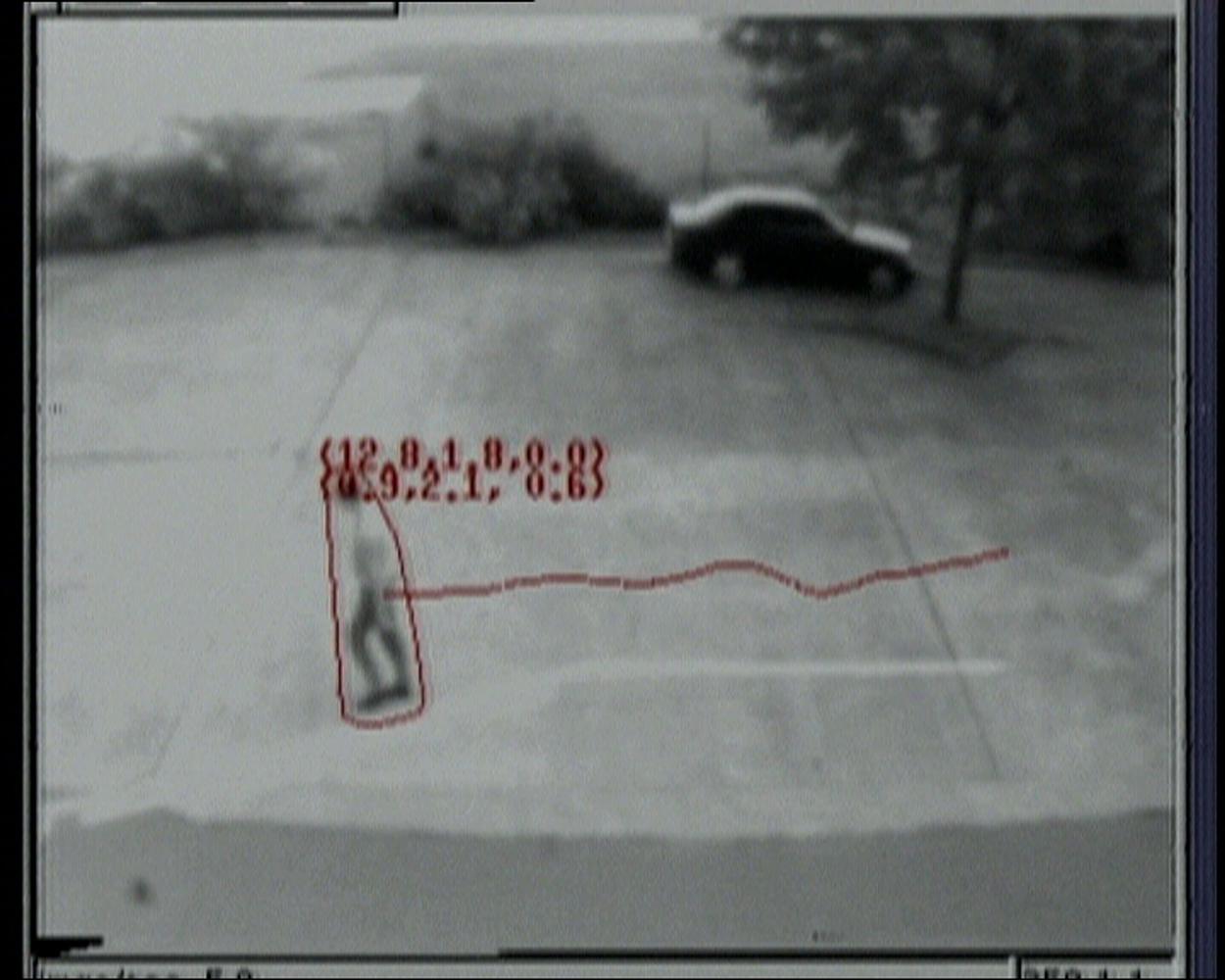

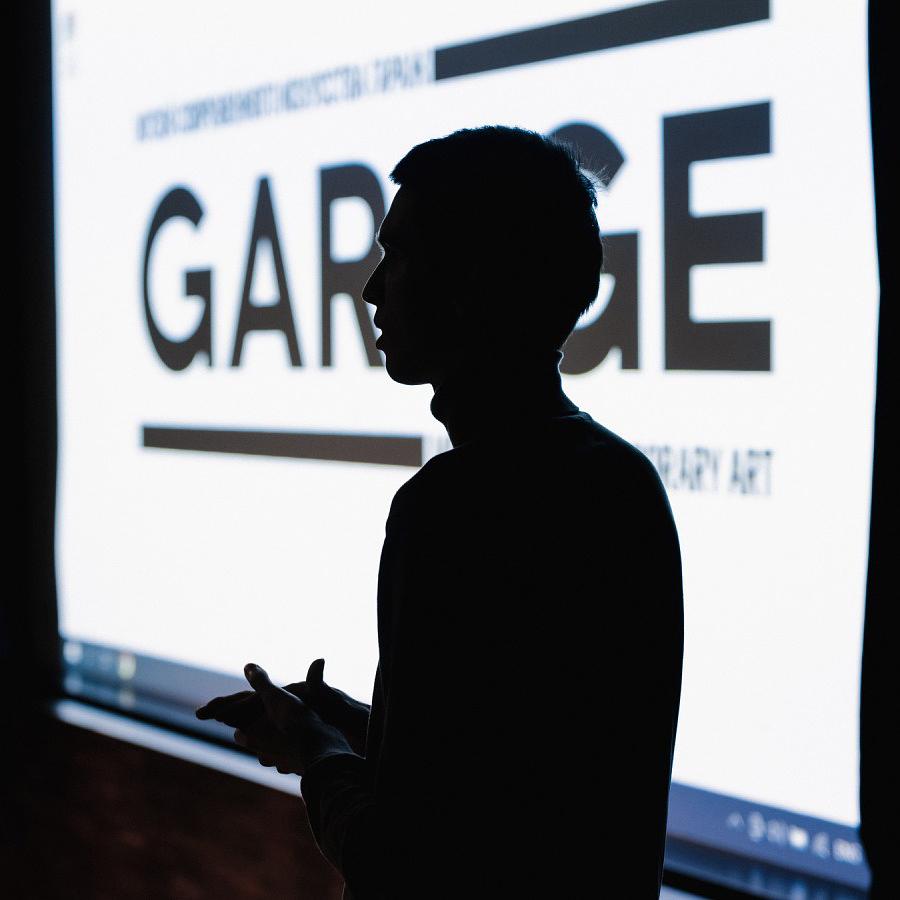
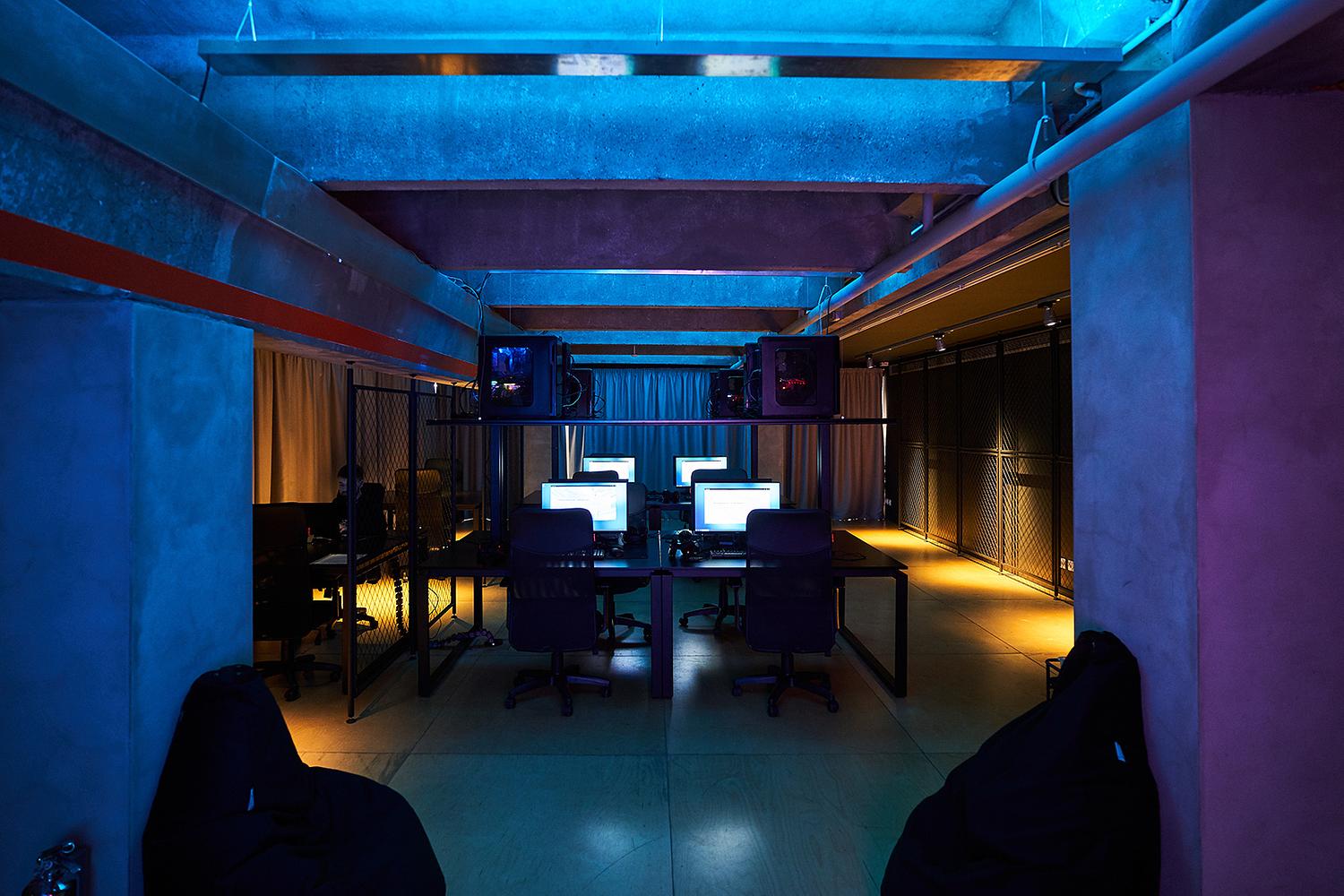
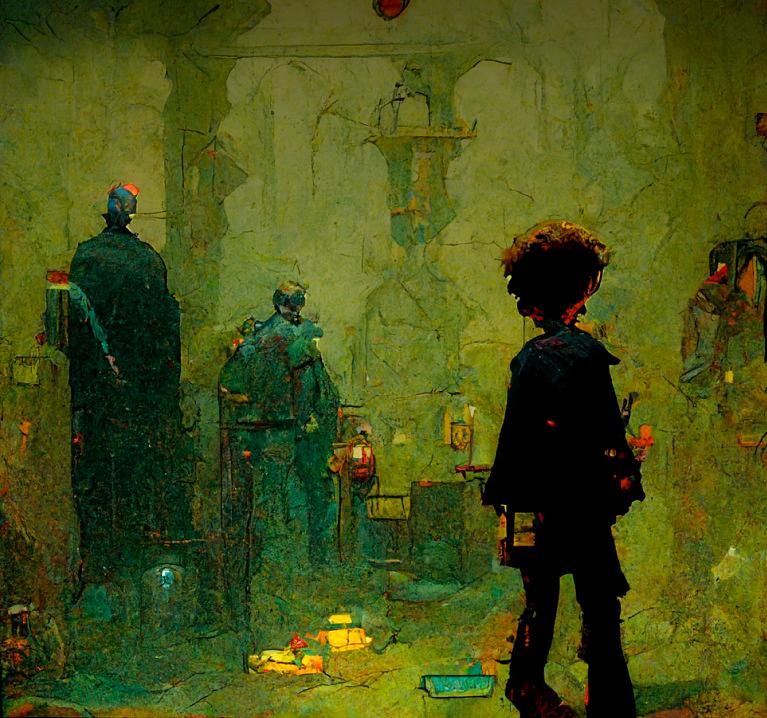
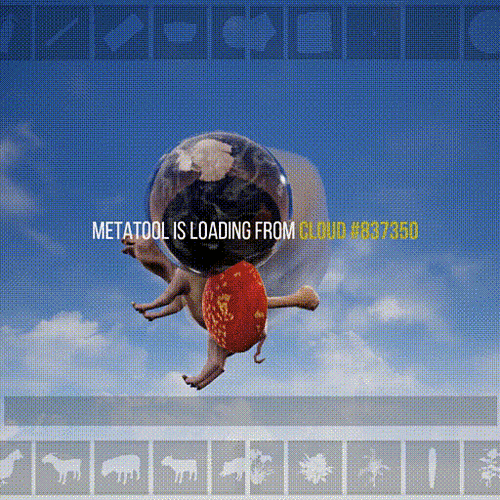
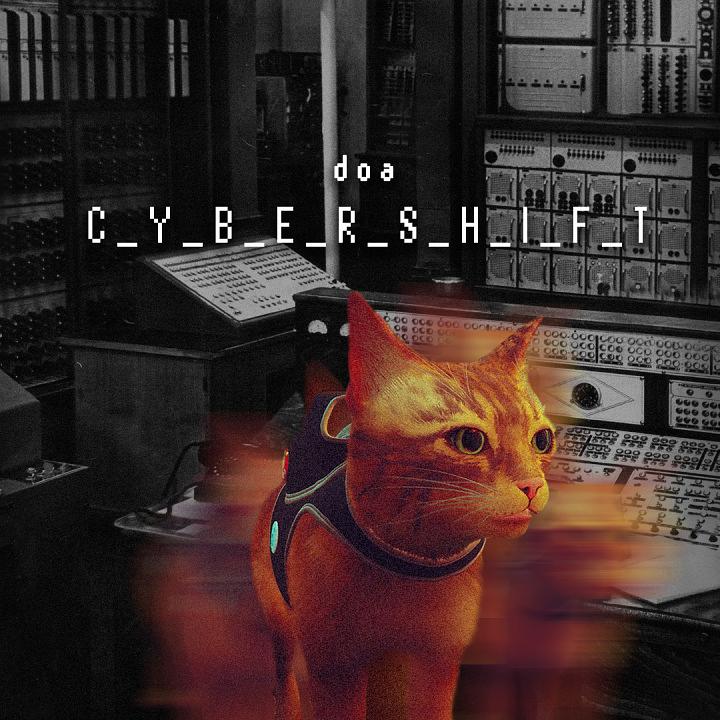
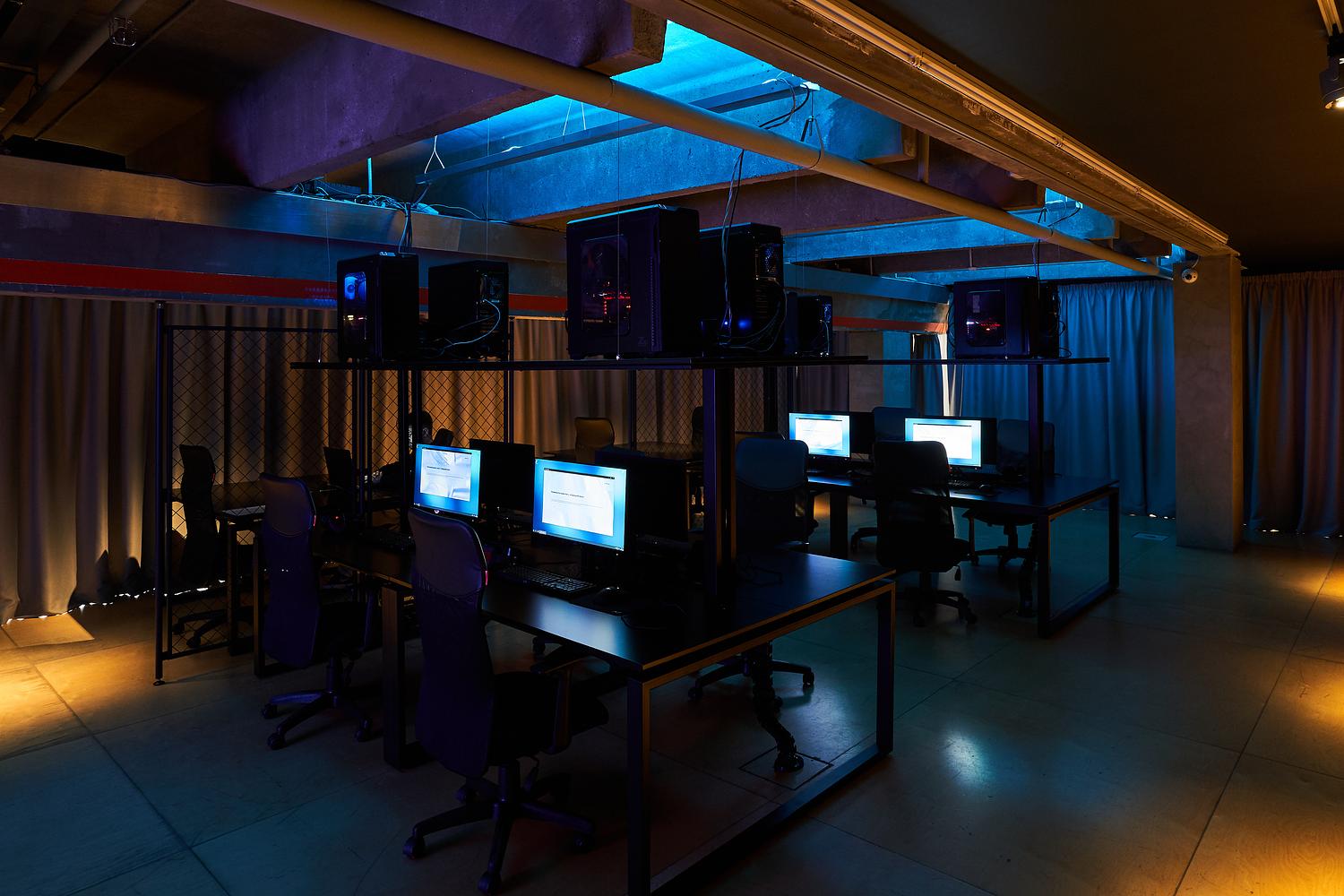
Garage Digital stopped working on this project.
Performance Hydrogen City is the new site-specific performance by Digital Object Alliance invites visitors to experience the materiality of a speculative world of the future through the possible embodiment of videogame logics. The performance took place at Hyundai Motorstudio Moscow as part of the joint program by Garage Digital and the online platform Rhizome for the international exhibition World on a Wire.
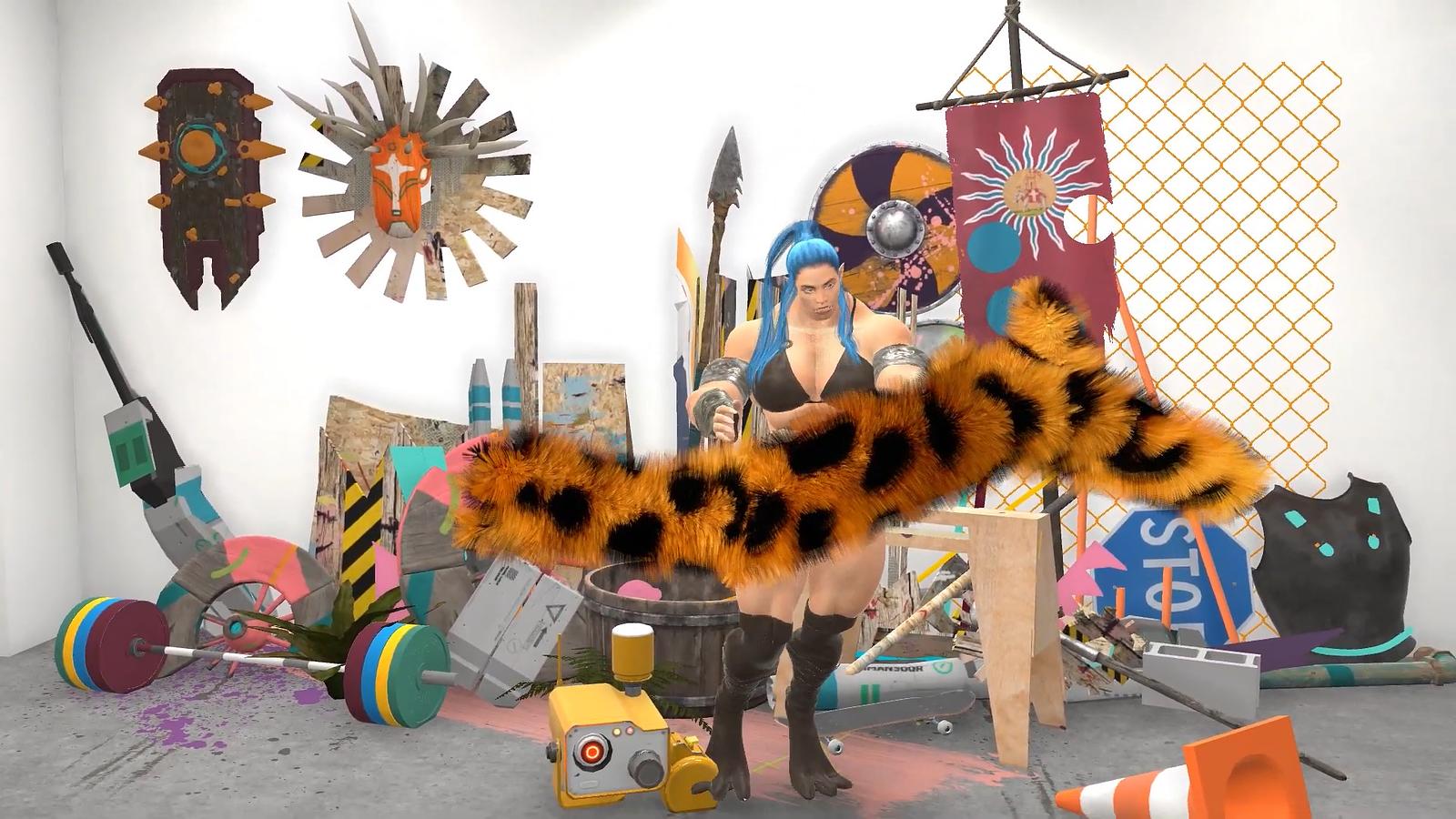
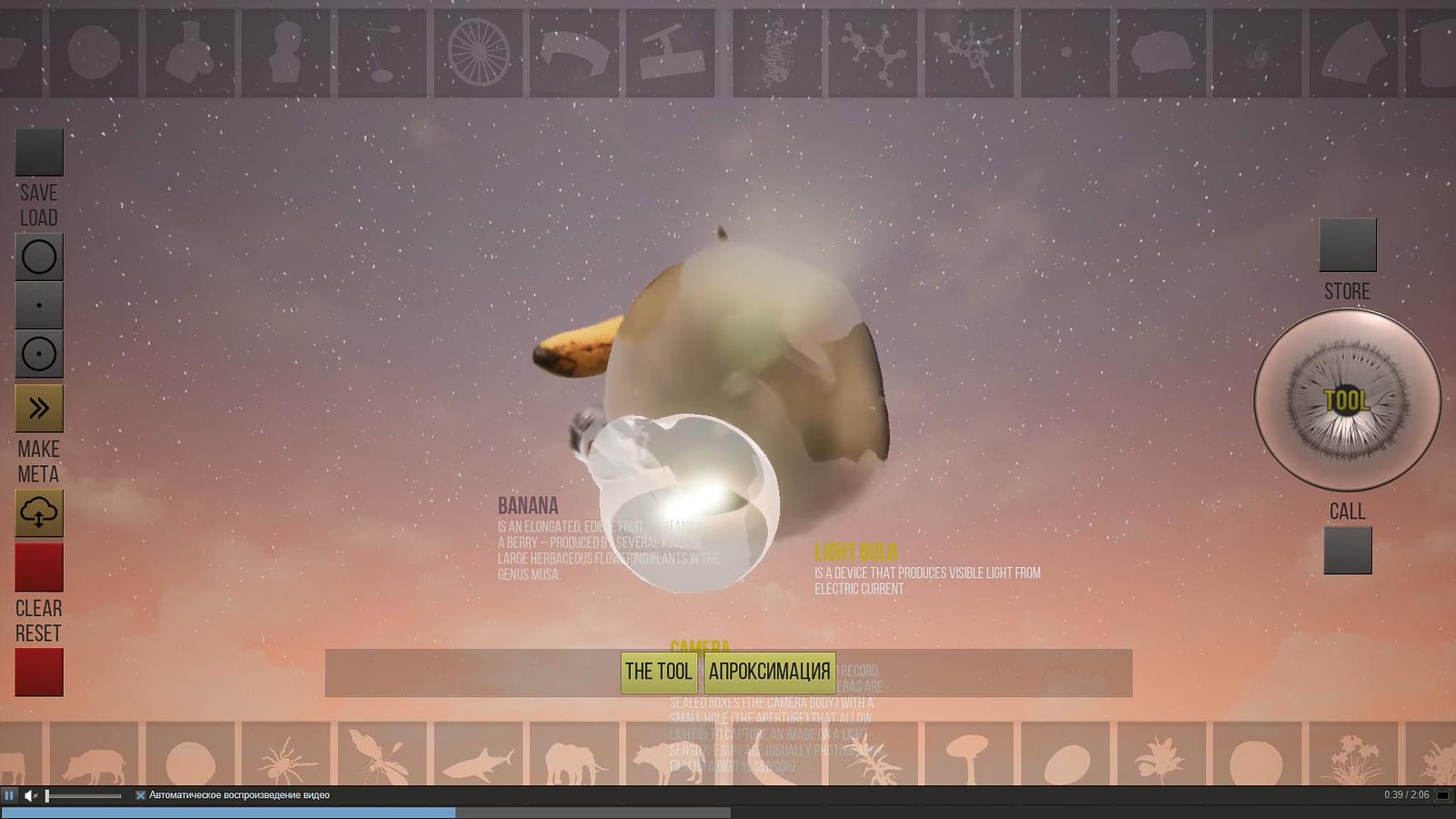
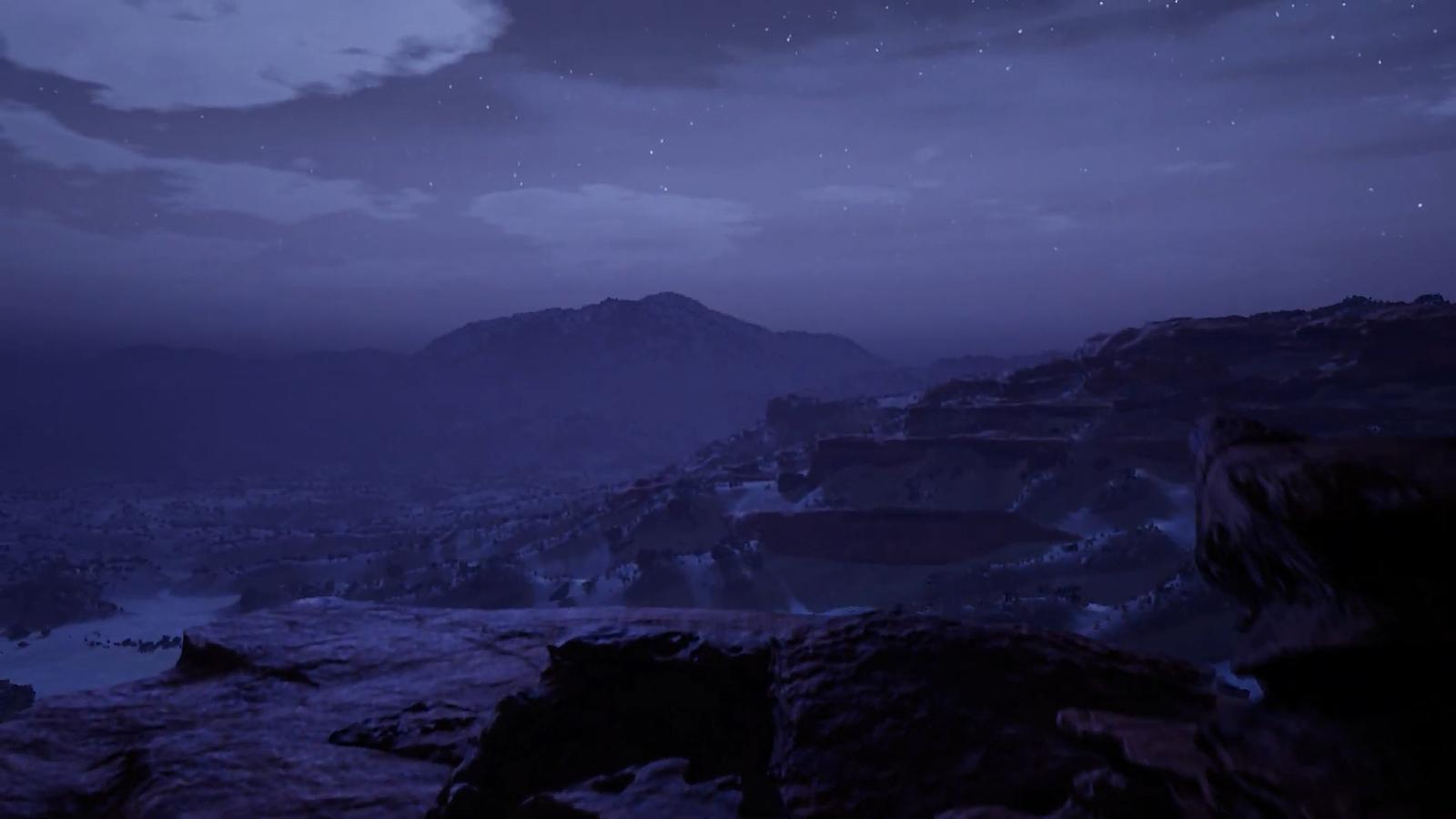
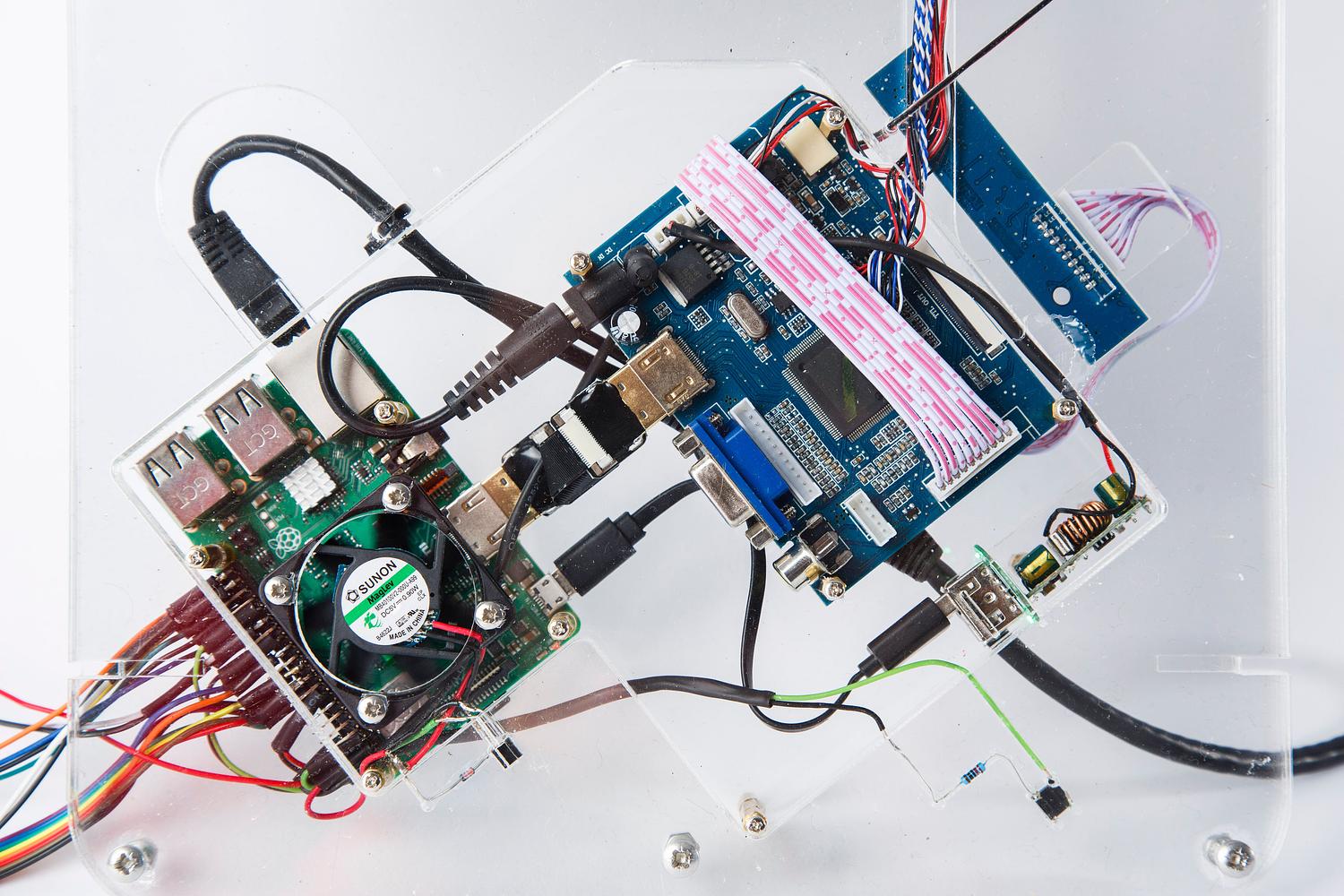
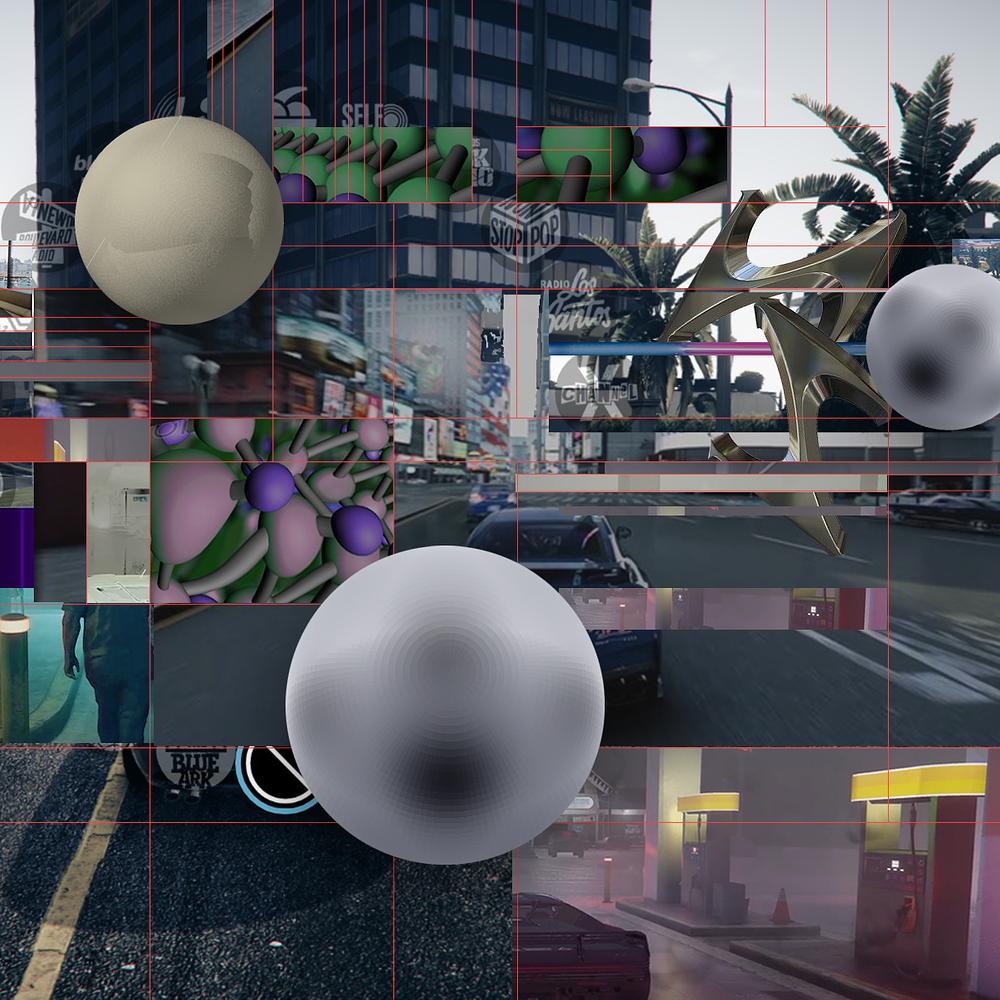
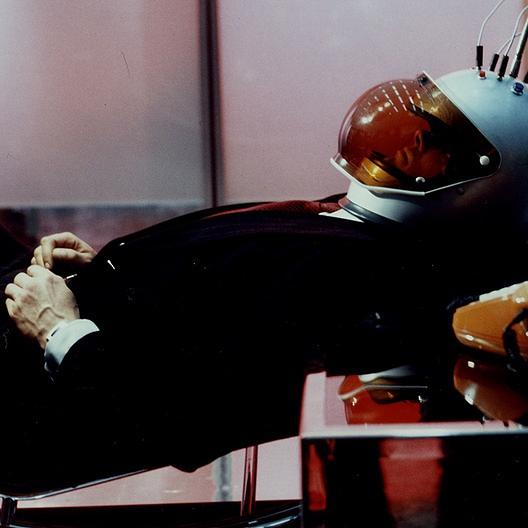
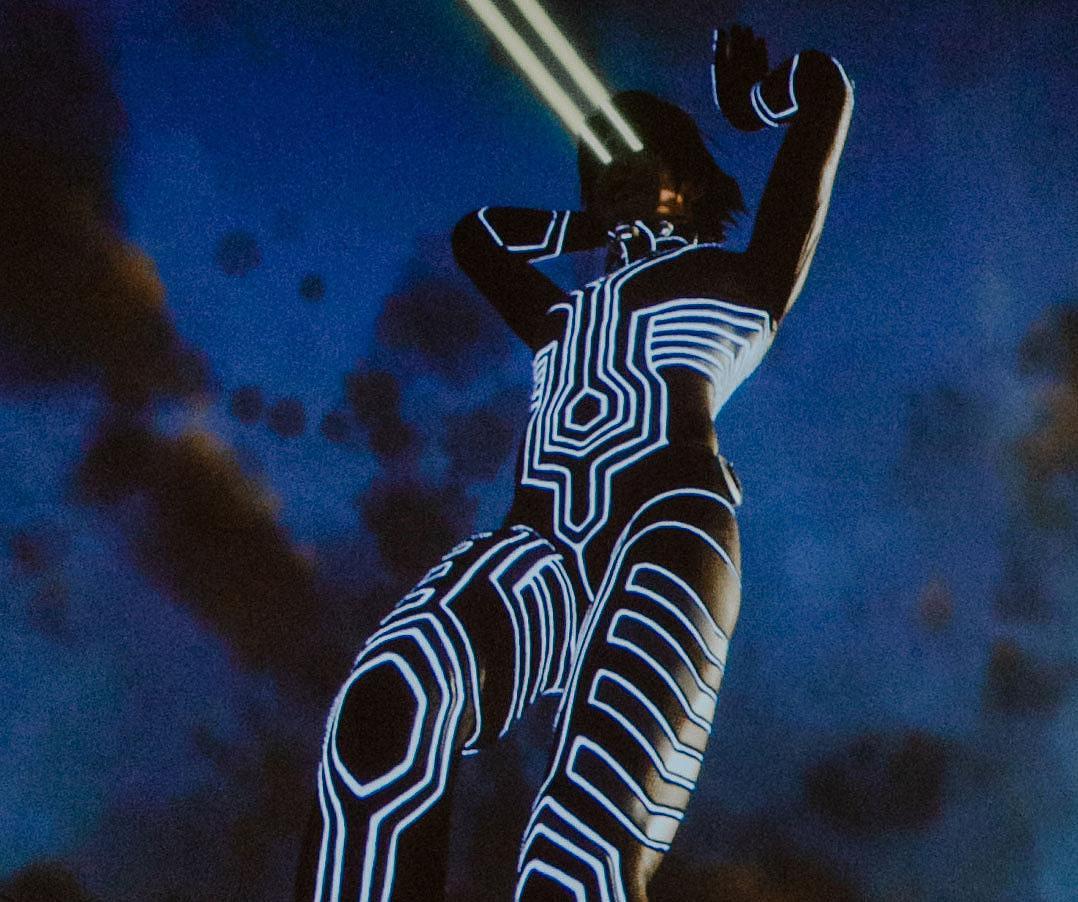
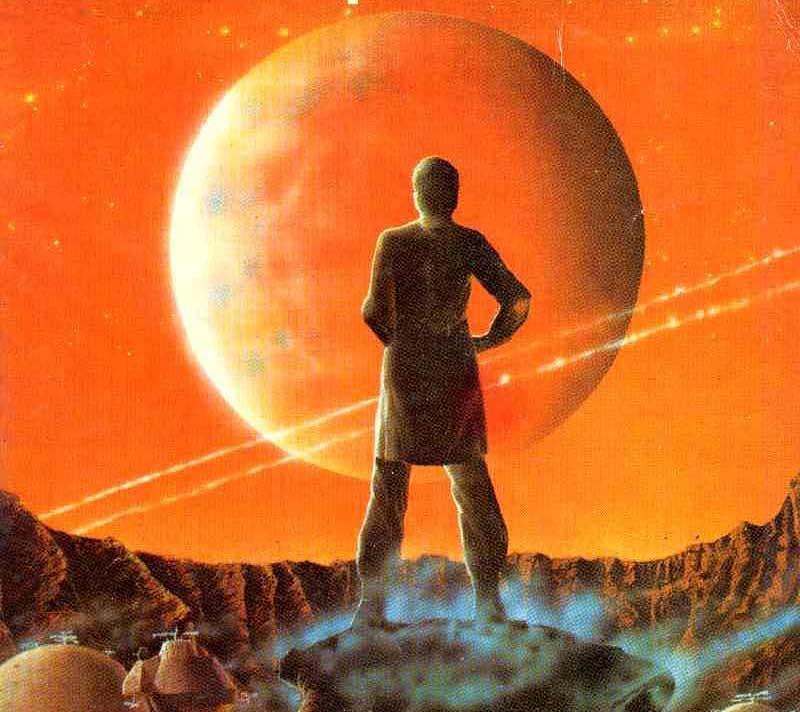
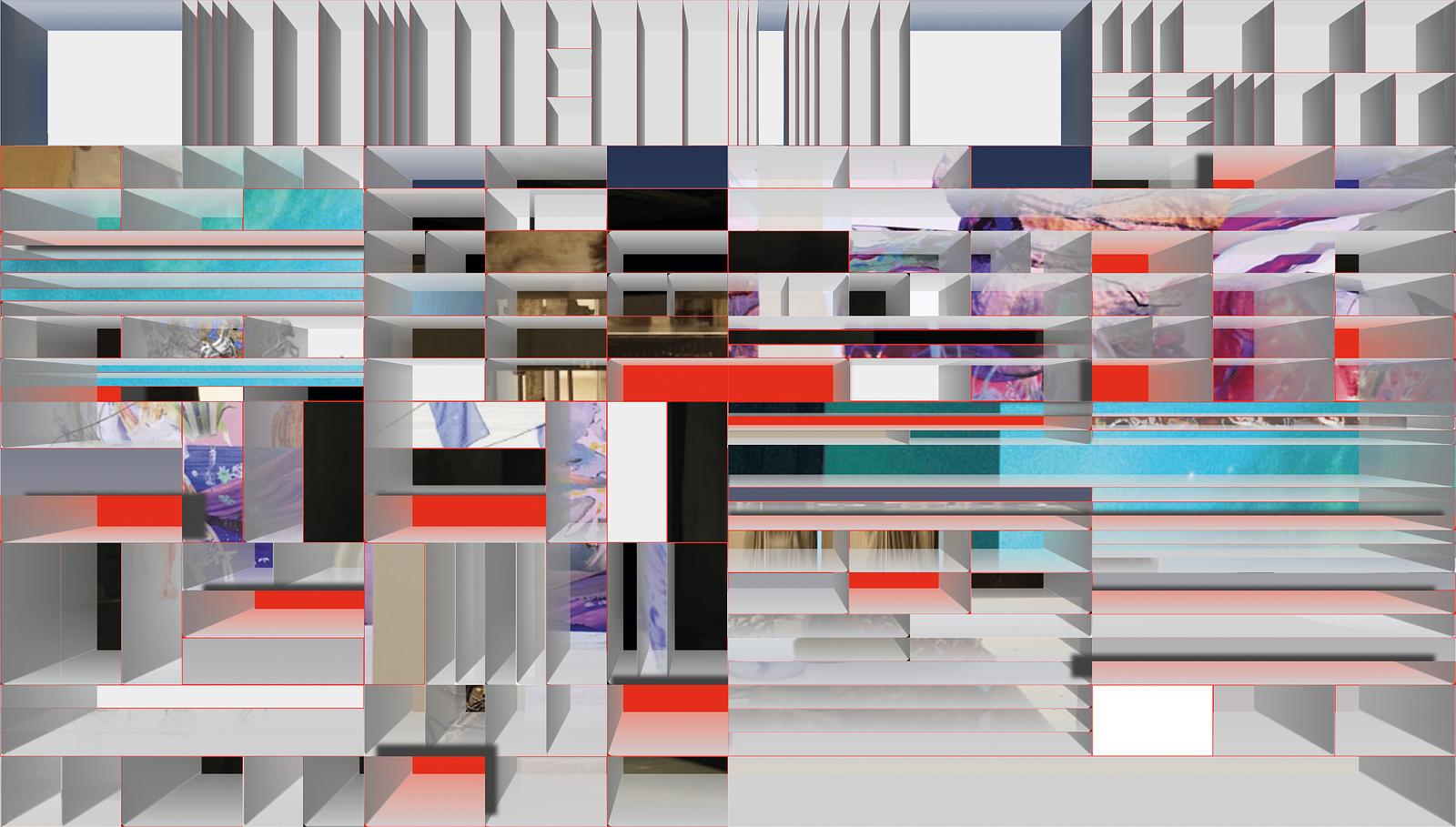
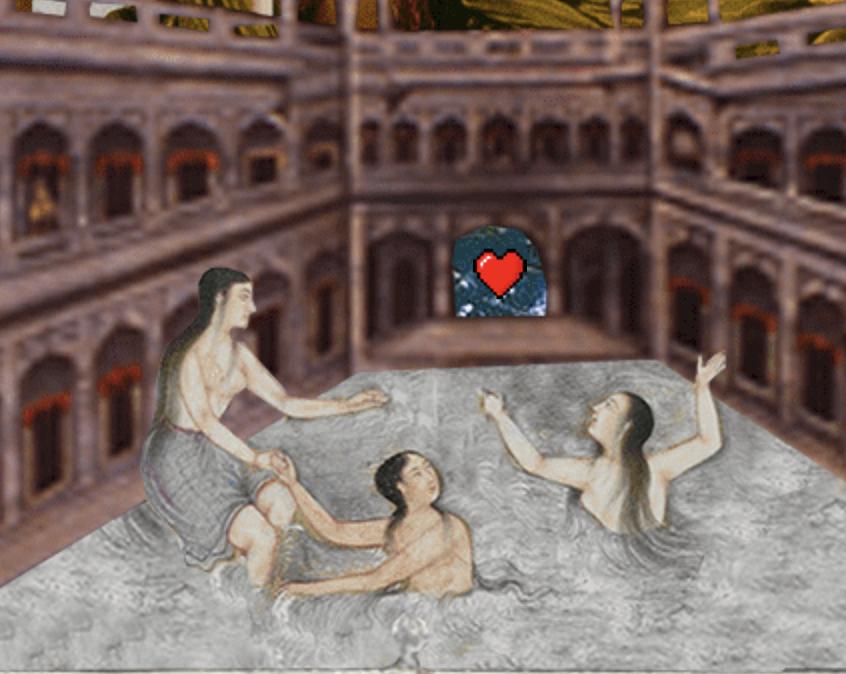
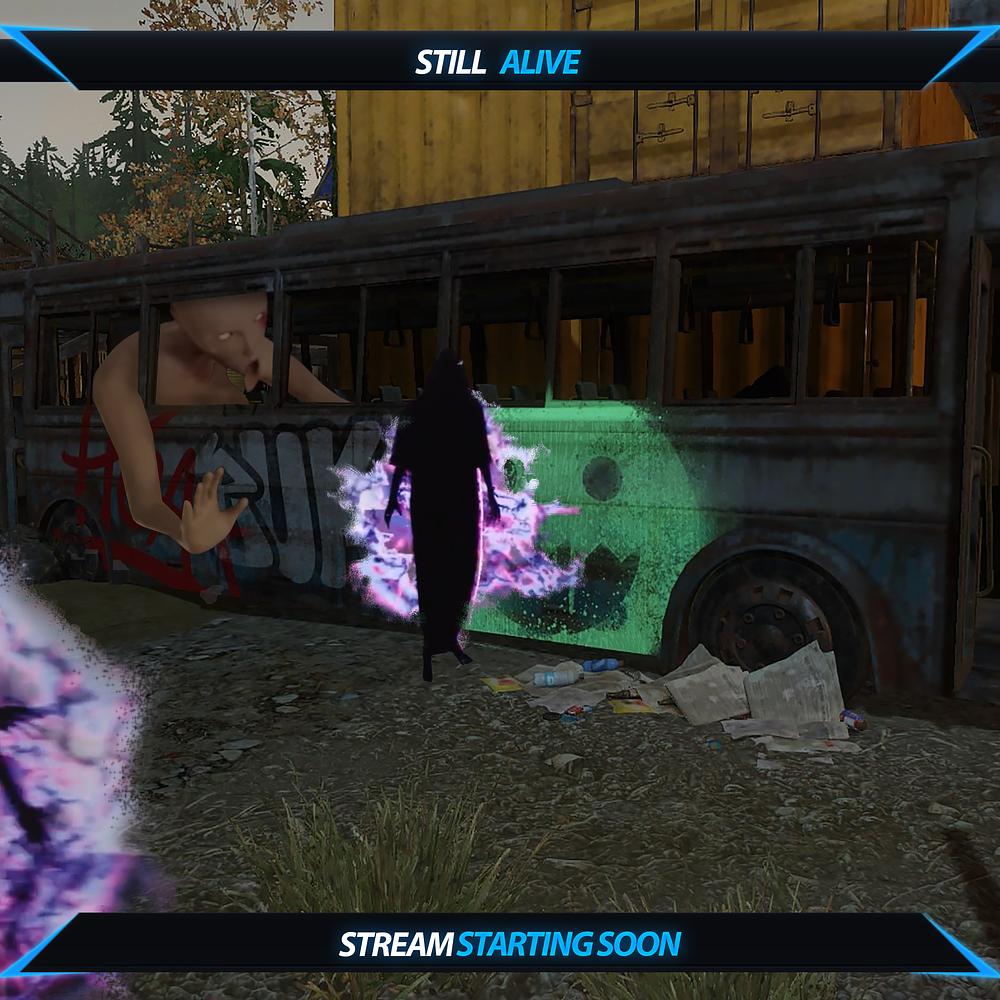
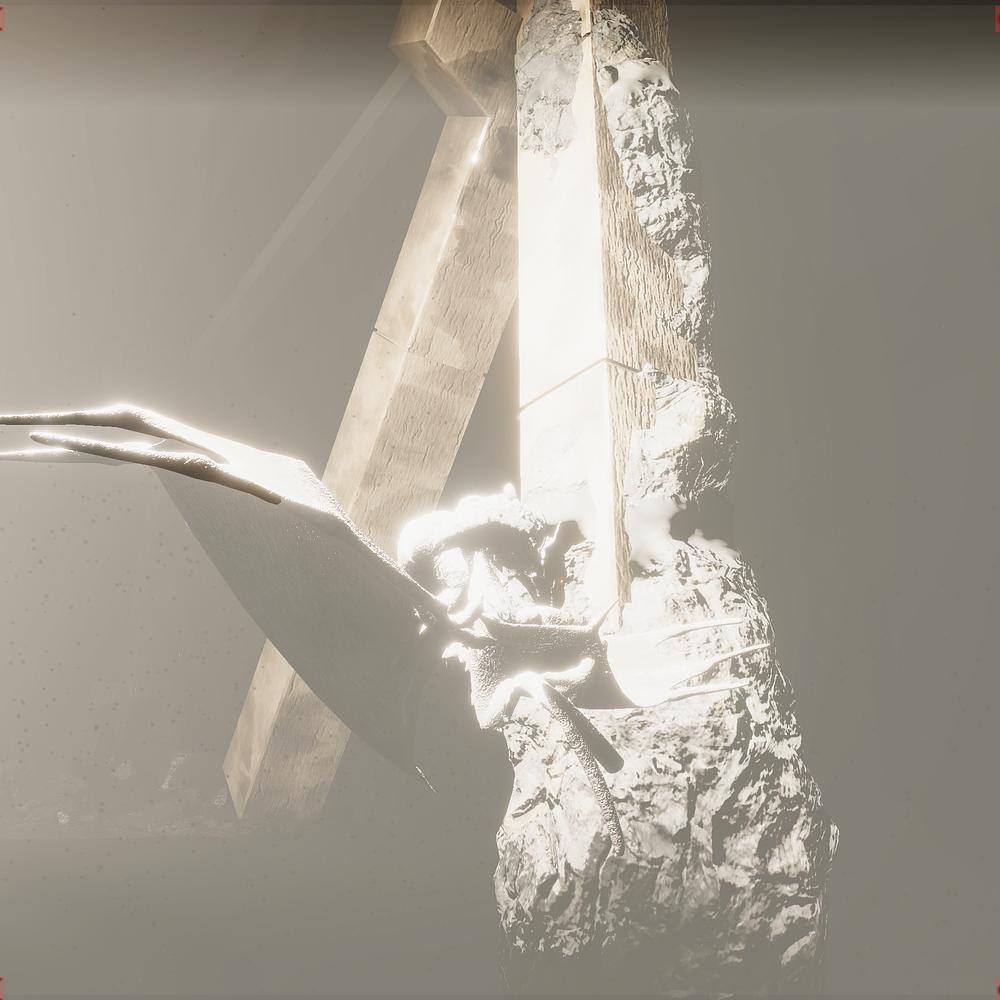
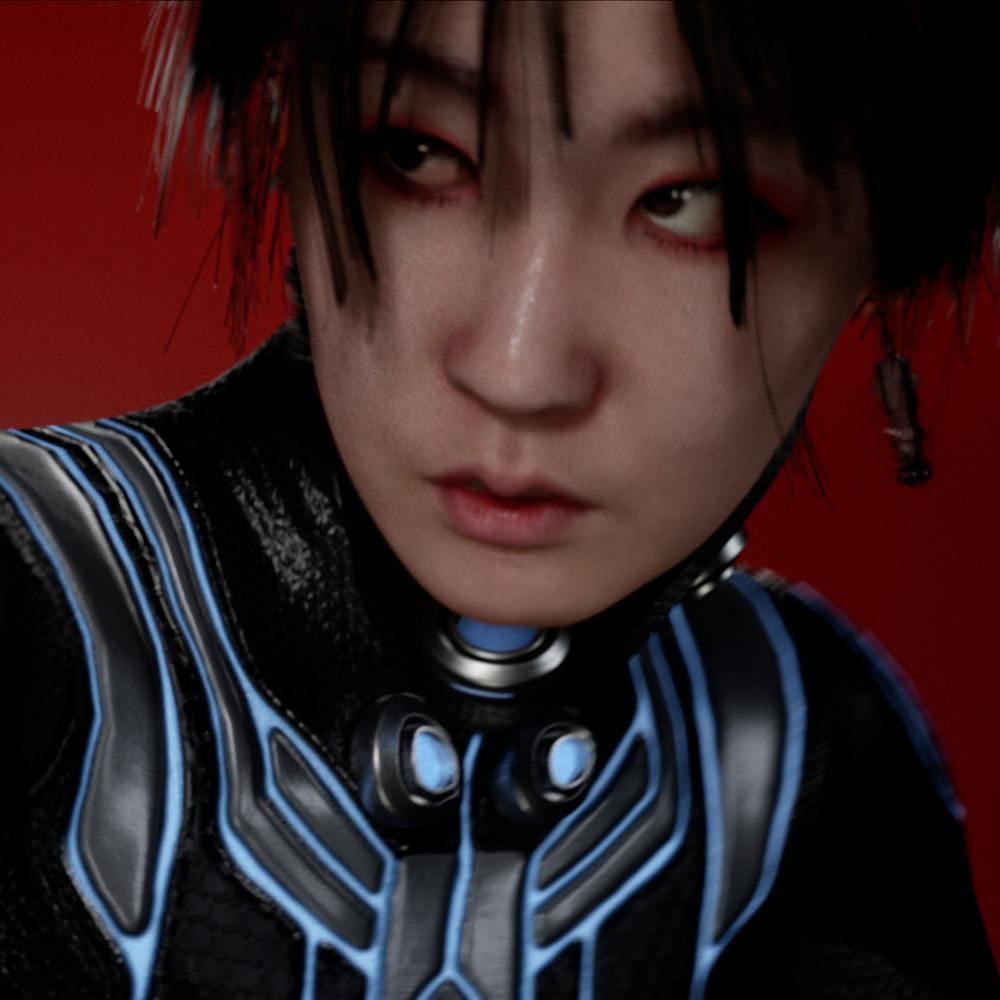

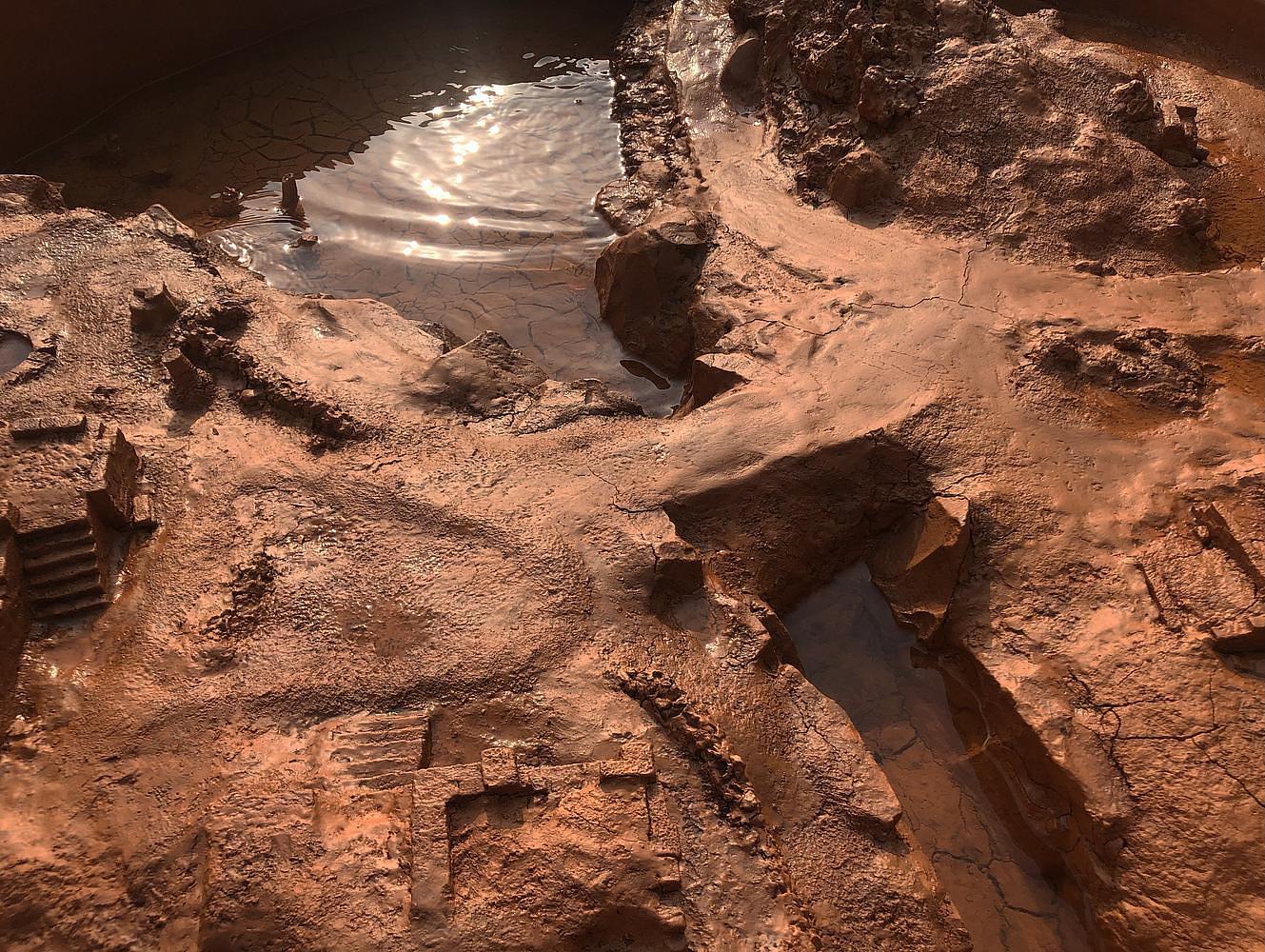
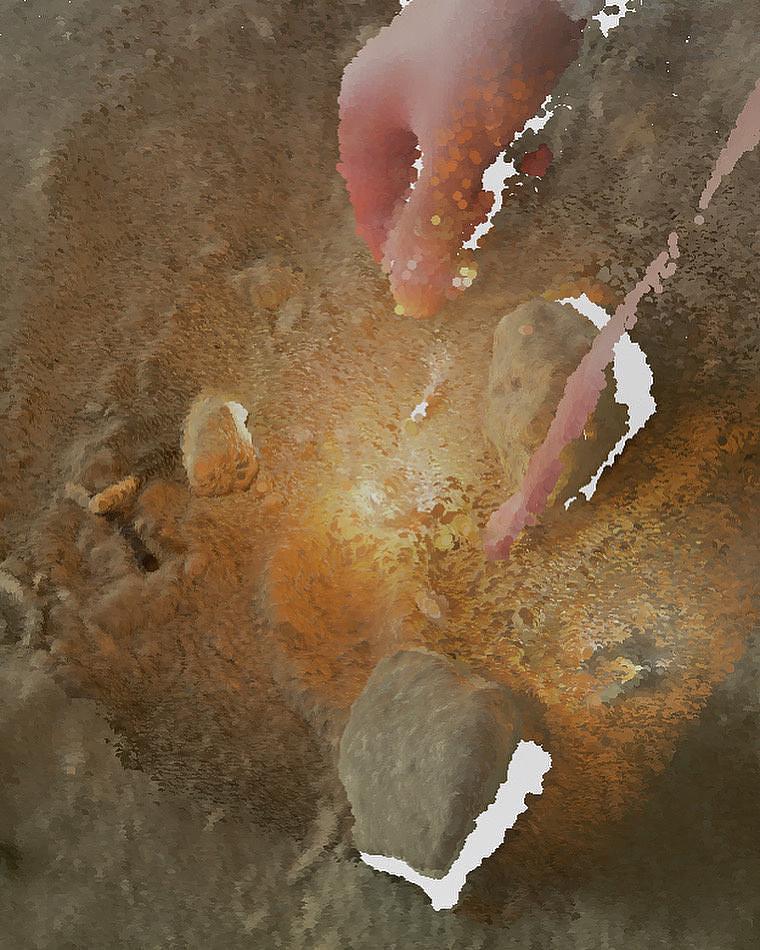
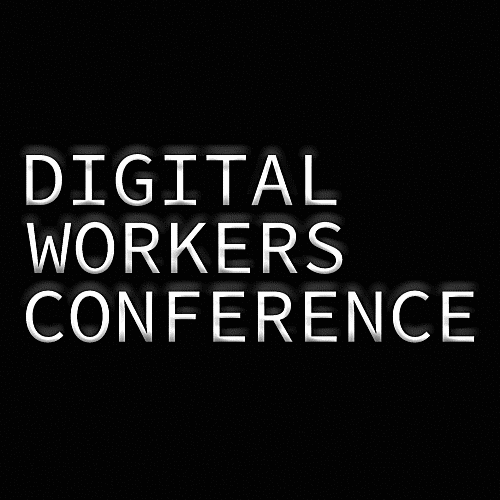
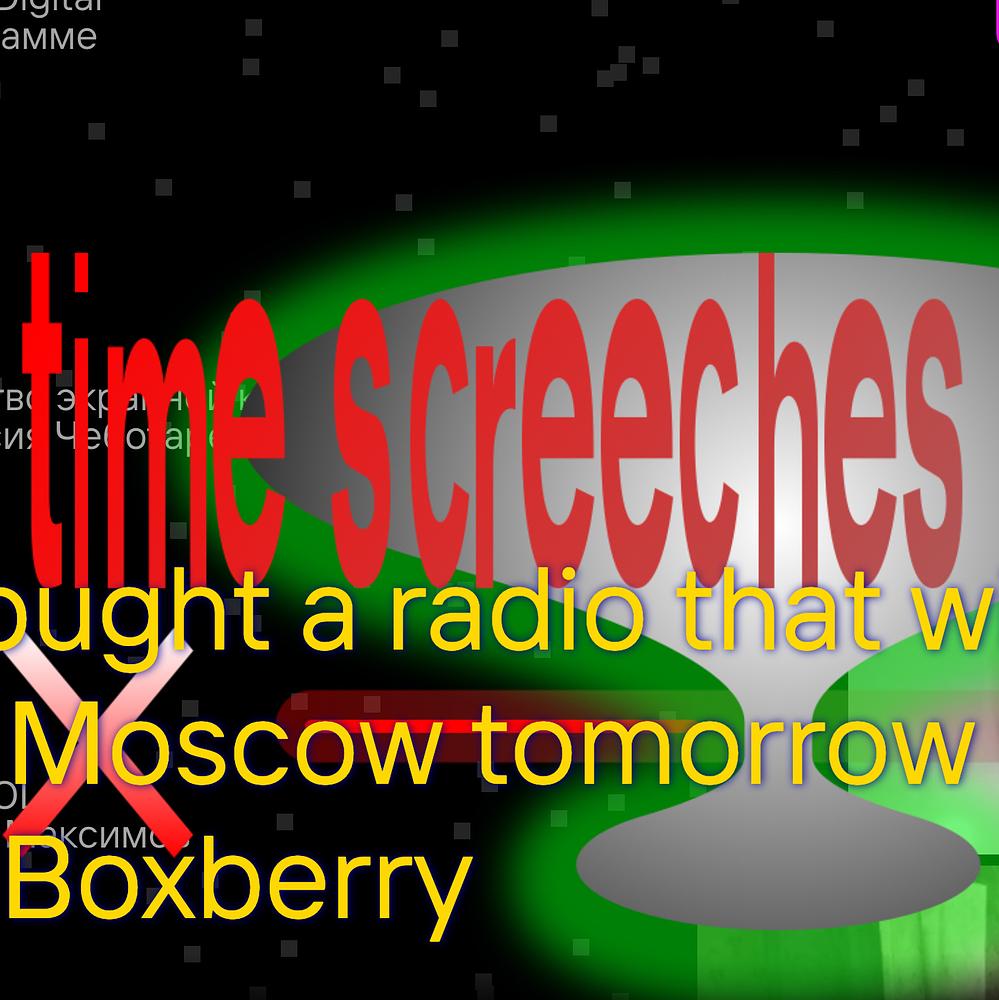
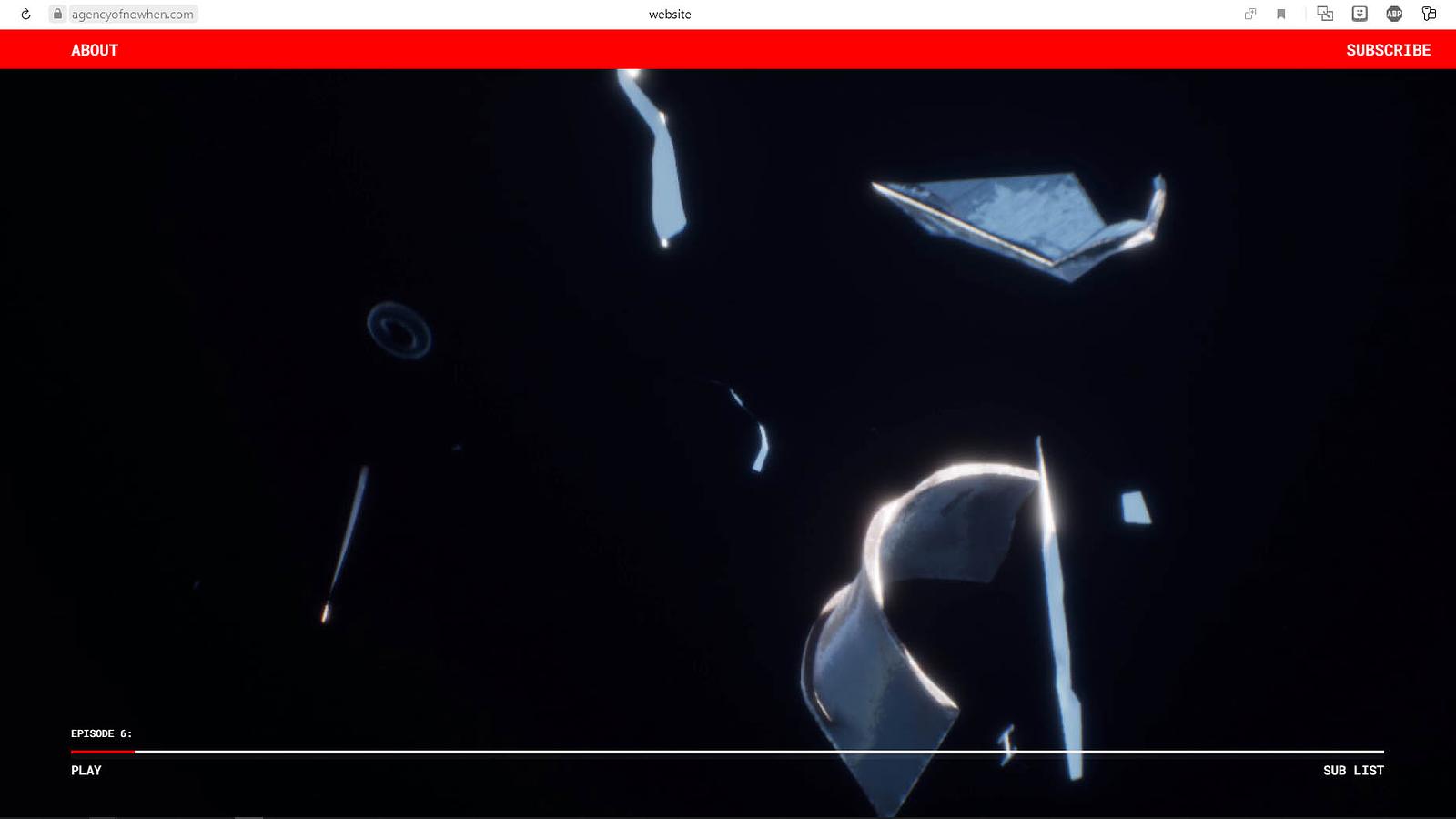
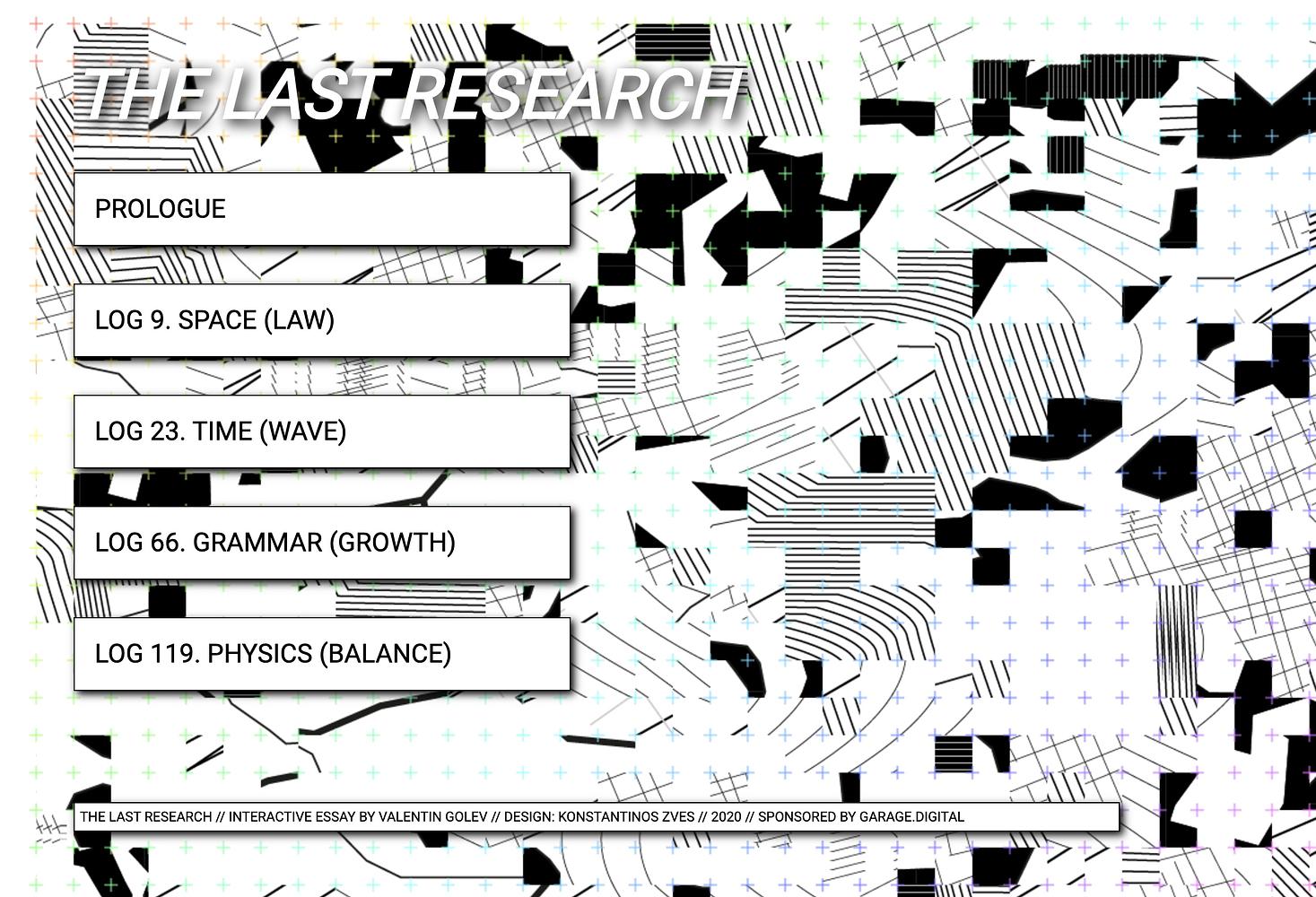
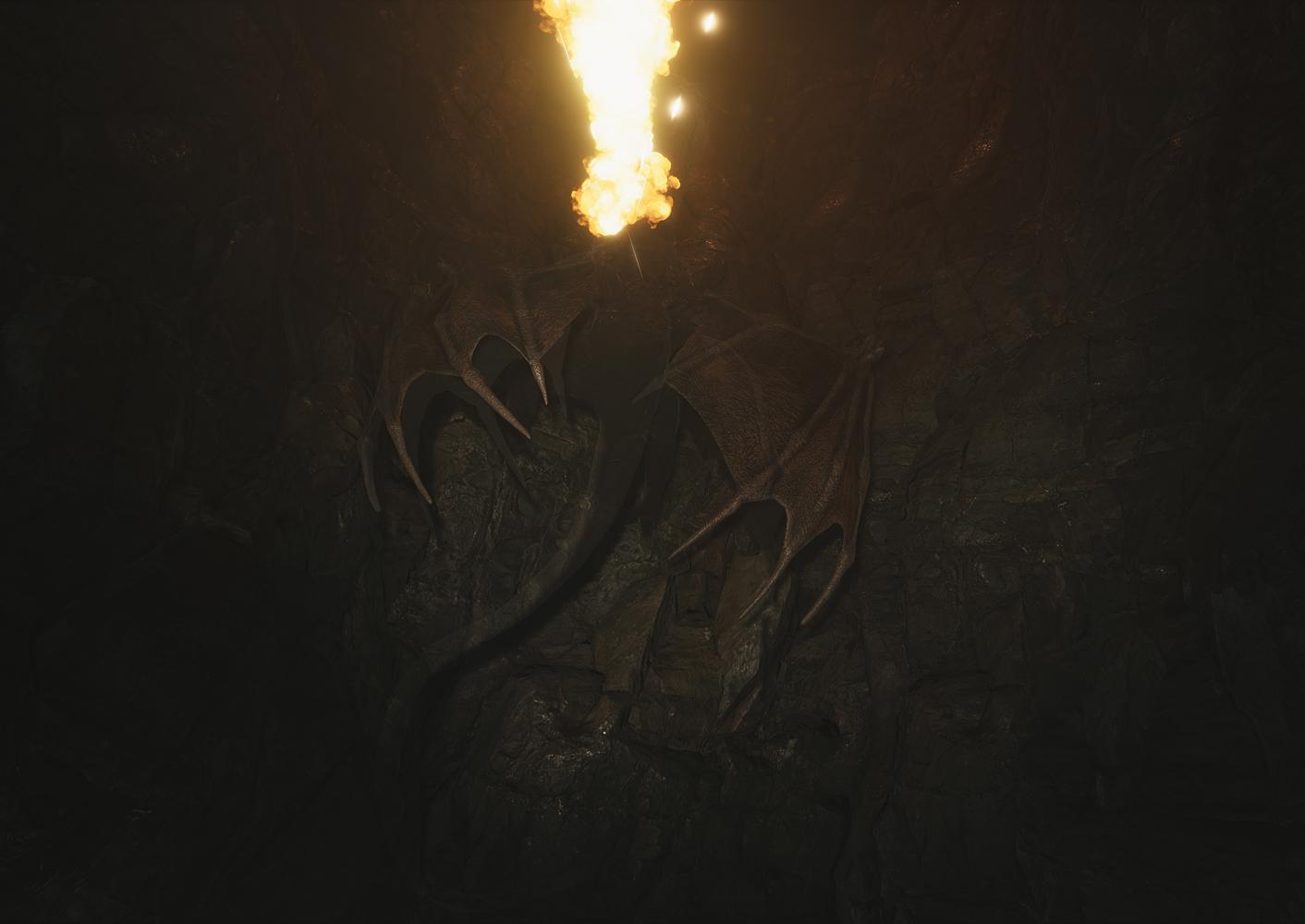
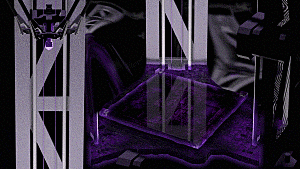
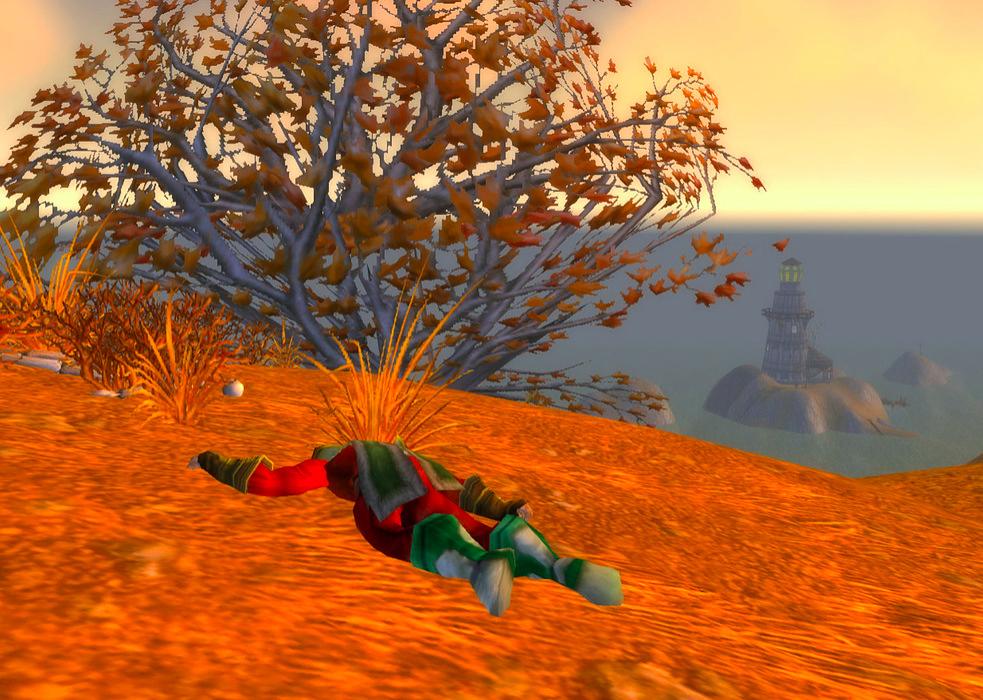
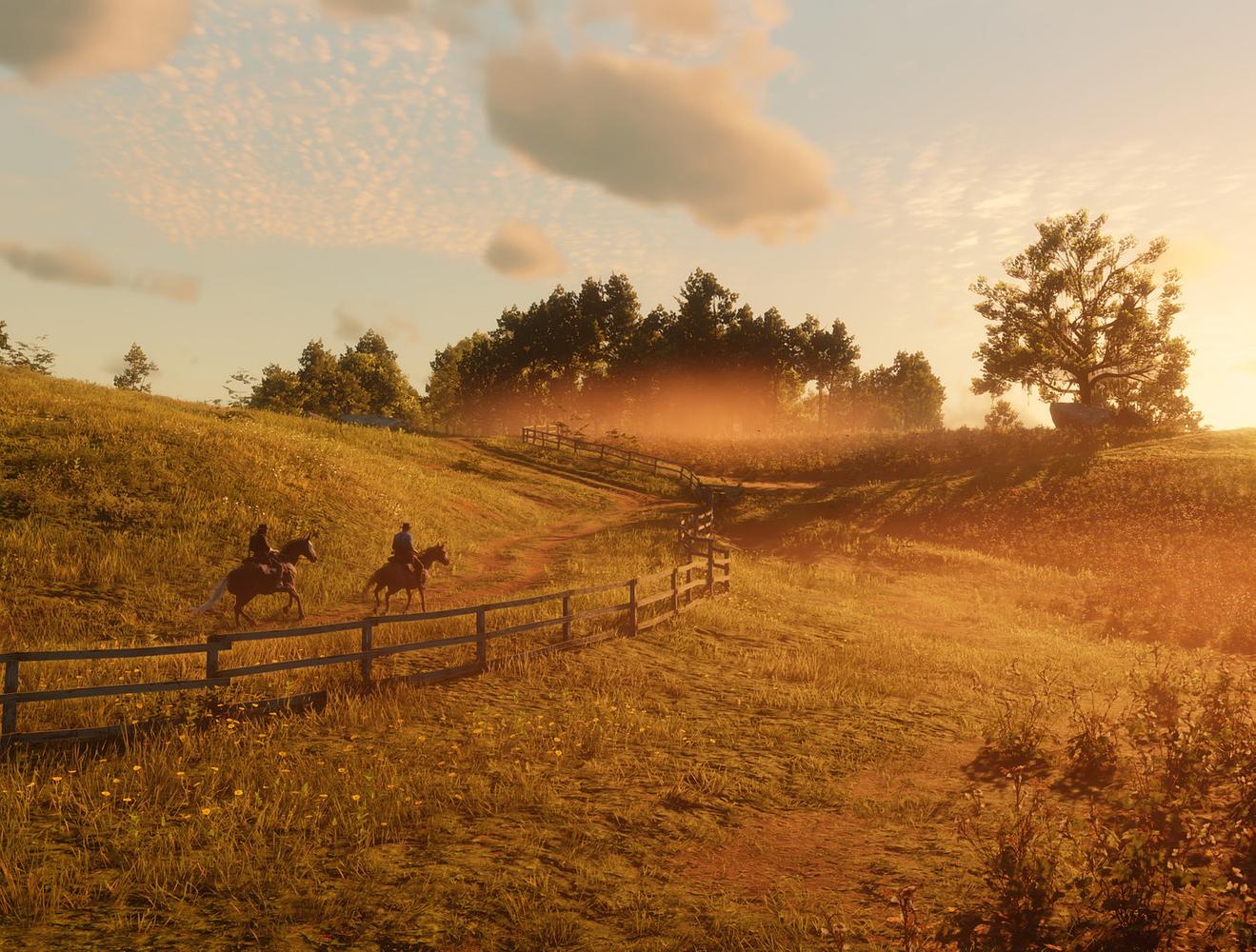
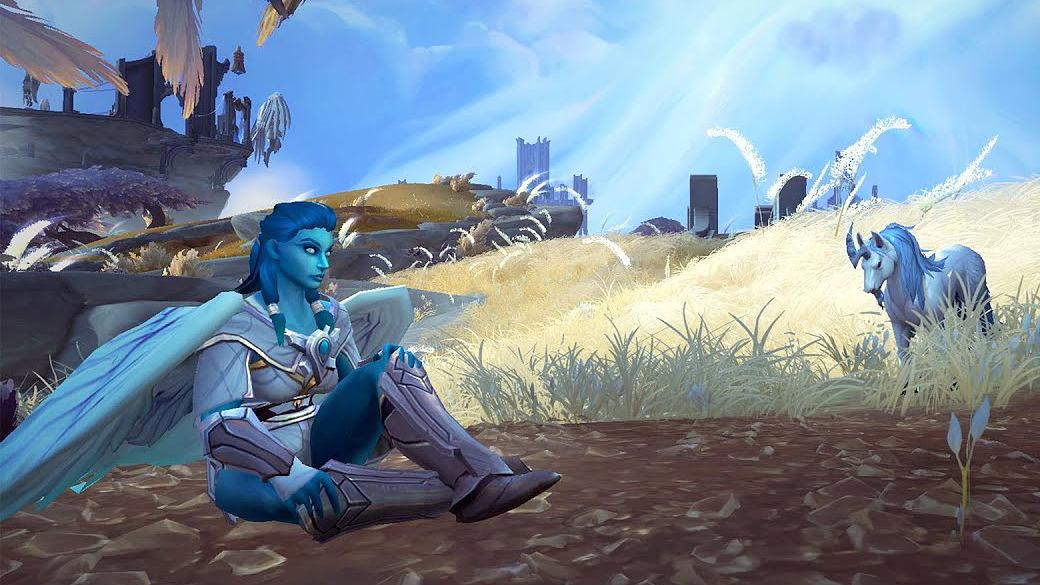
Video games are a key medium in contemporary culture. With a market exceeding that of the film industry, they create infrastructures and communities that inhabit new and often problematic systems of technological production and consumption, and swiftly react to social and cultural changes. Working within constantly reconfigured realities, big studios and indie developers create spaces of simulation, mediated presence, and detachment, while gamers rewrite the rules of games to adapt them to new communication needs or to explore their worlds. Working with these rich and contradictory environments has become part of contemporary artists’ practice, both in the form of artworks and as a source of technology, narrative mechanics, imagery, and themes.
The articles published here will range from essays to reading lists and examine phenomena at the intersection of video games and contemporary art practices. A “speedrun” is a play-through of a video game with the intention of completing it as fast as possible using bugs and secret pathways: it breaks the logic of the game and uses its rules to complete a different task. Game design and its interaction with art is a living process that involves more exceptions and surprises than rules and regulations. Without attempting to present an exhaustive digest on the subject, in this growing collection of articles Garage Digital will discuss the basic elements of a new and developing visual language.
ABOUT THE AUTHORS
А video game researcher and columnist at Haywire magazine. She studied at the Institute of Contemporary Art and Rodchenko Art School (both Moscow). Her research interests include various aspects of in-game subjectivities and the building of video game worlds as learning environments. She lives and works in Moscow.
An architect and game designer and the founder of Adagia video game studio. She studied at Moscow Architectural Institute and the summer school of Columbia University, New York. She works in game studies education and runs Cybercities Guided Tour, a Telegram channel on video games, architecture, and contemporary art. Before video games, she worked in architecture, urban planning, and strategic consulting. She lives and works in Moscow.
A game designer, teacher on the master’s program Creative Writing at the Higher School of Economics, and author of Backtracking, a Telegram channel on game design and procedural generation. He lives and works in Moscow.
An artist and media researcher. His main areas of interest are graphic arts, photography, and repurposing technology. He was a member of Peleshyan media poetry studio from 2014 to 2015 and since 2017 has been the editor of INGAME community (vk.com/ingameph), which covers in-game photography and other unusual ways of building relationships with computer games and virtual environments. He lives and works in Nizhny Novgorod.
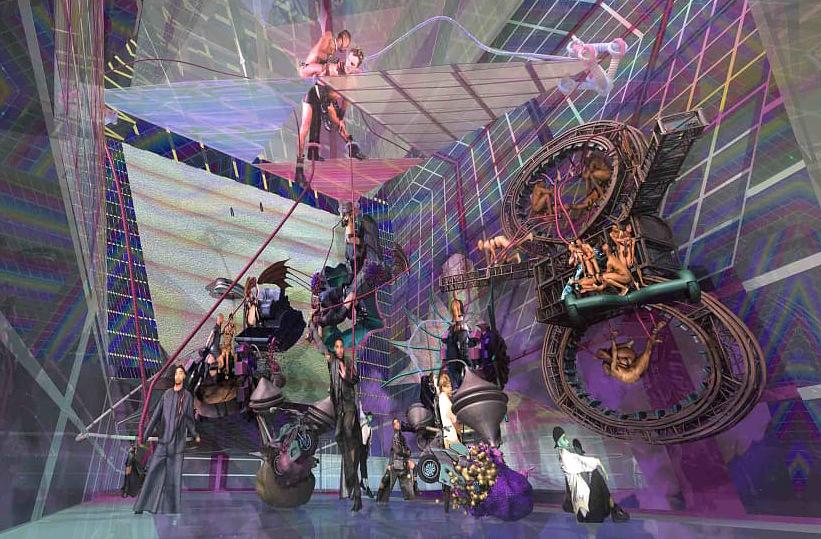
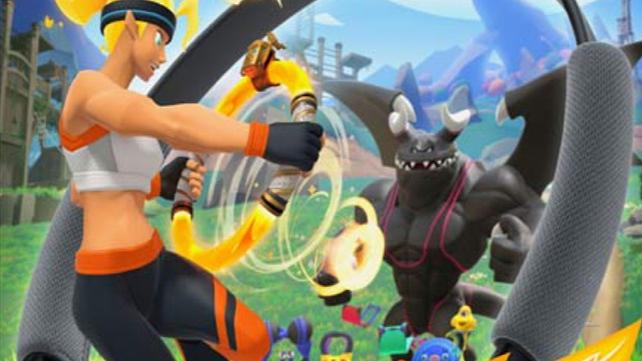
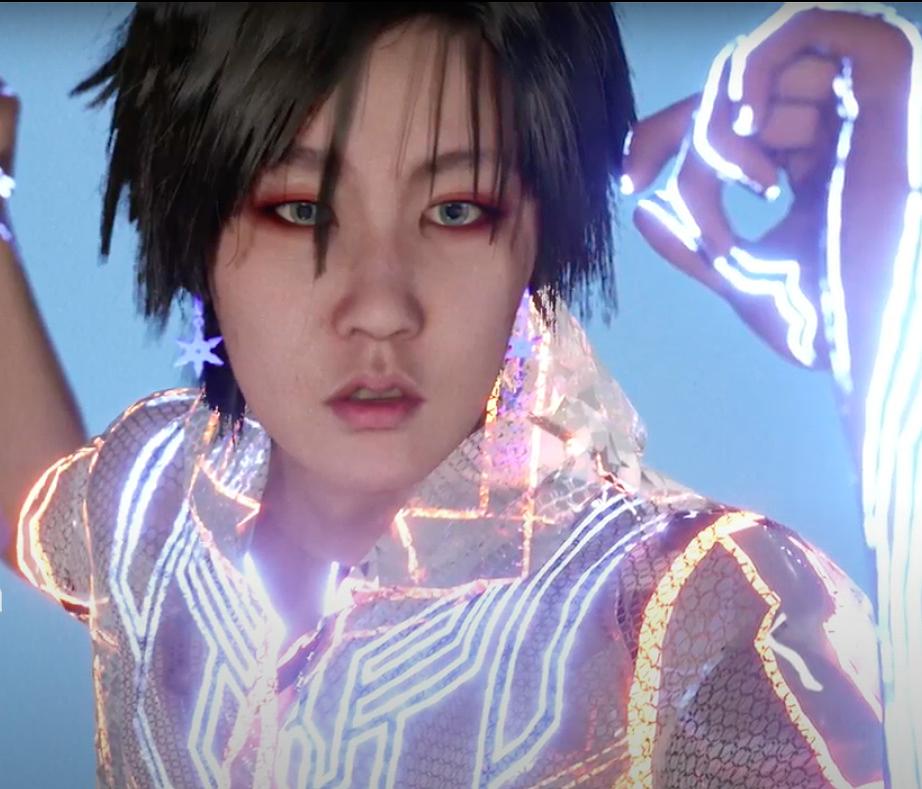
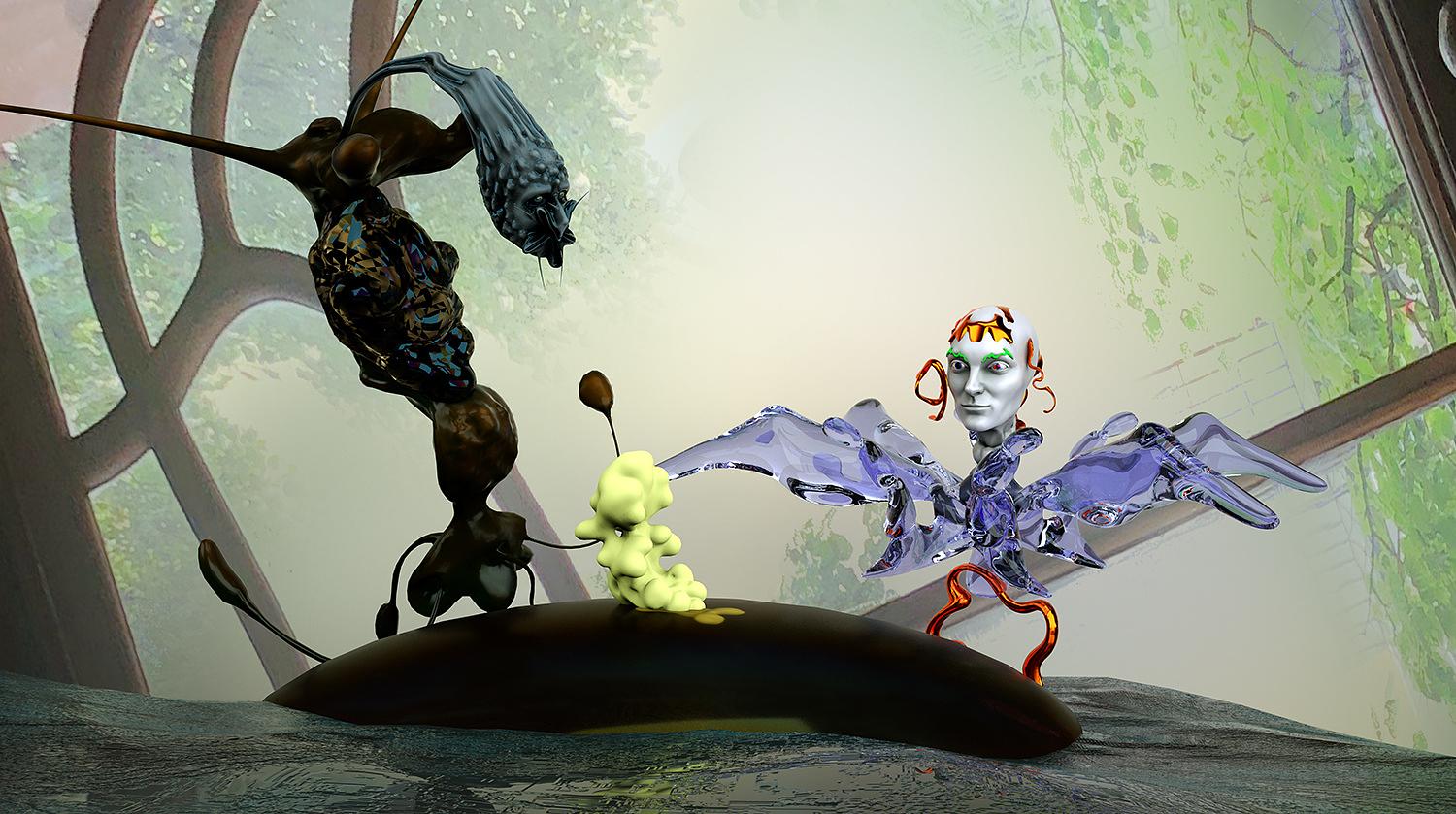
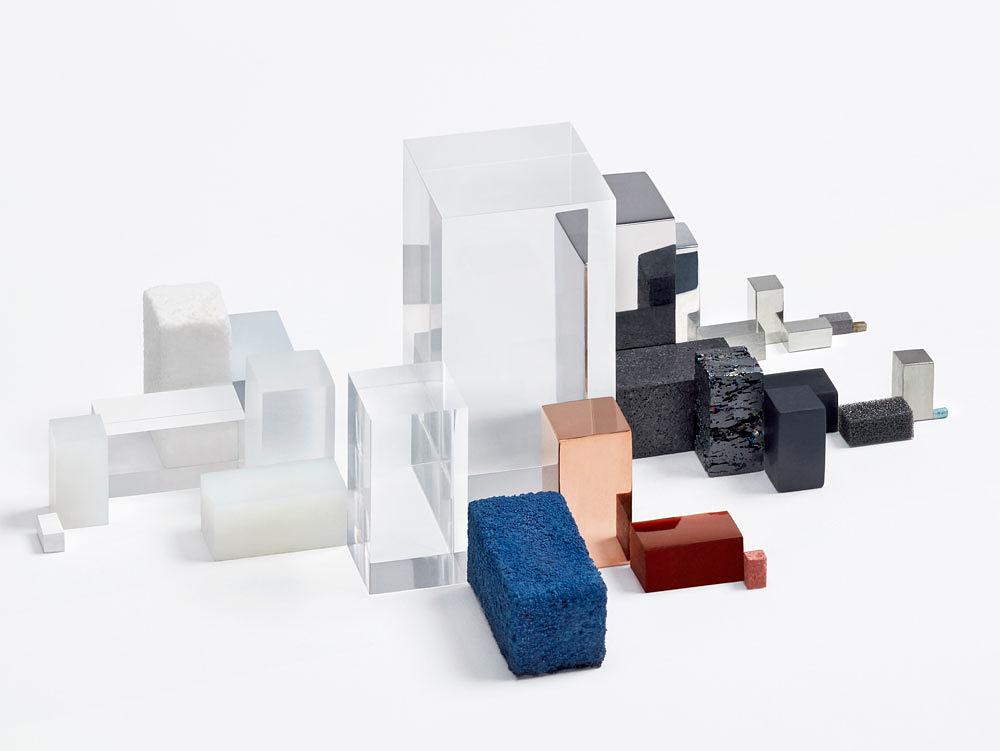
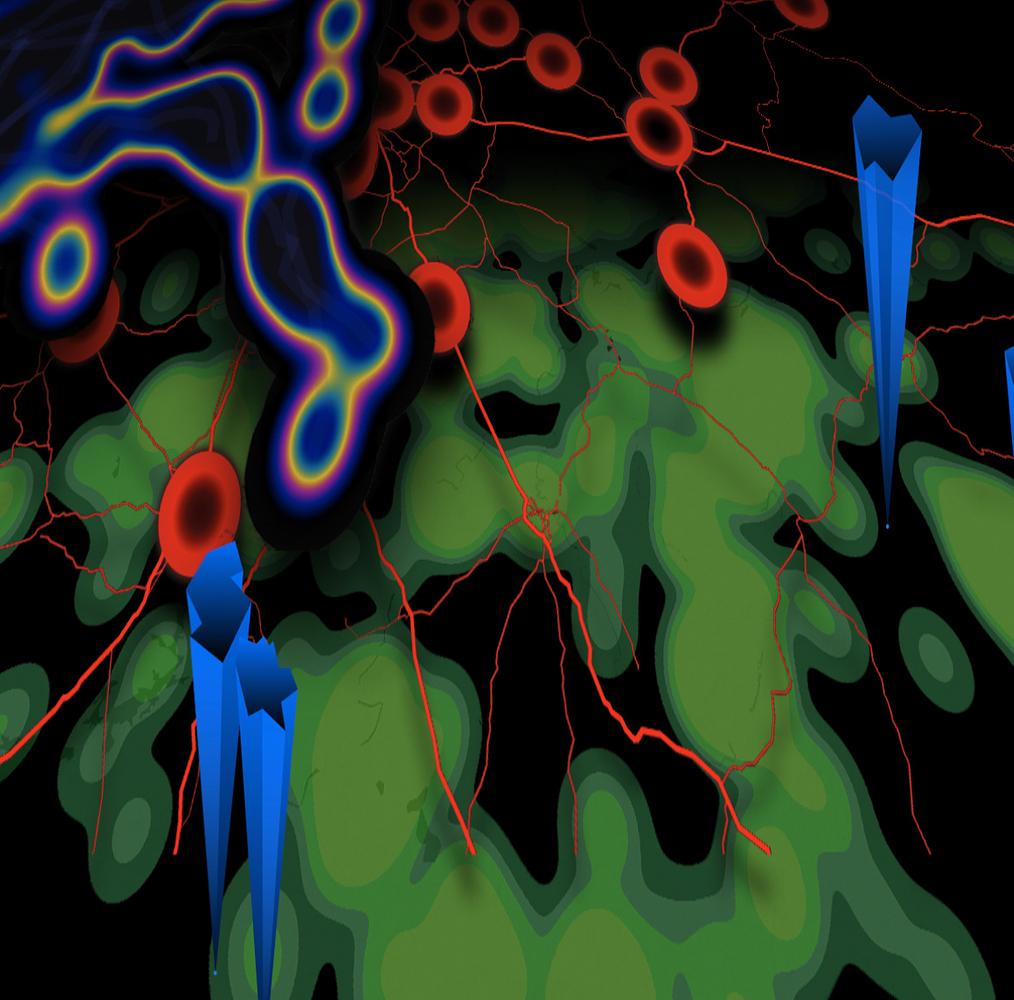
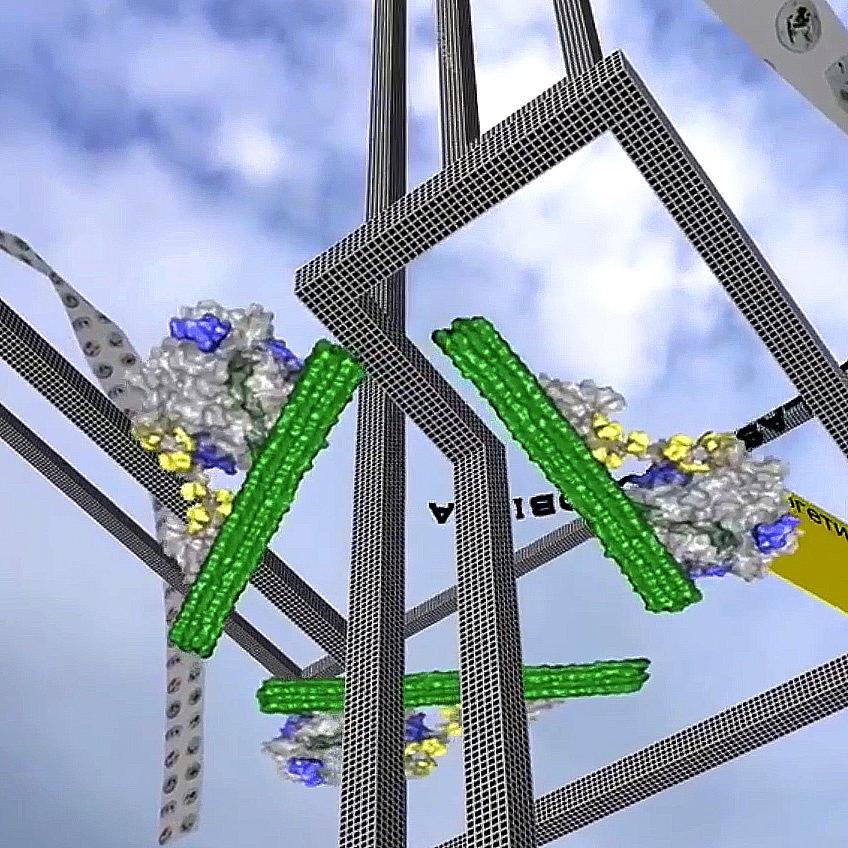
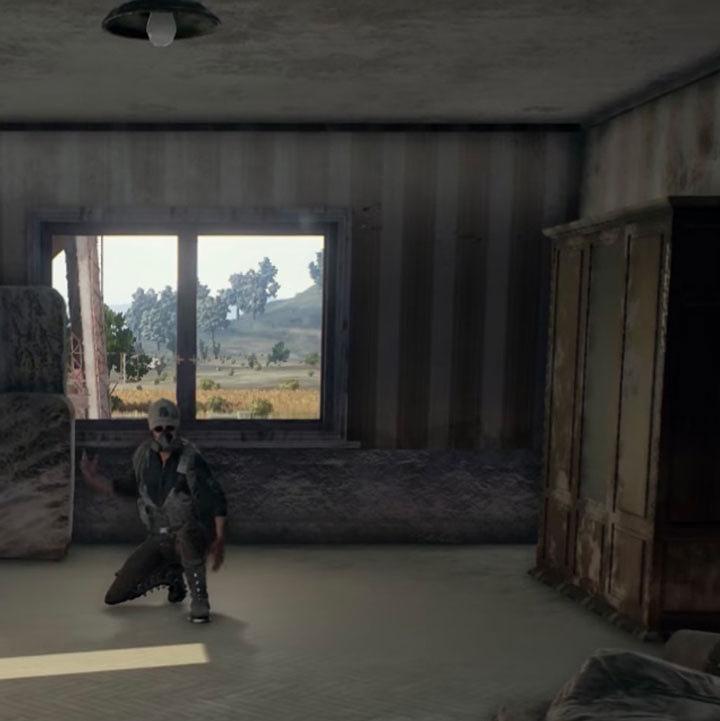
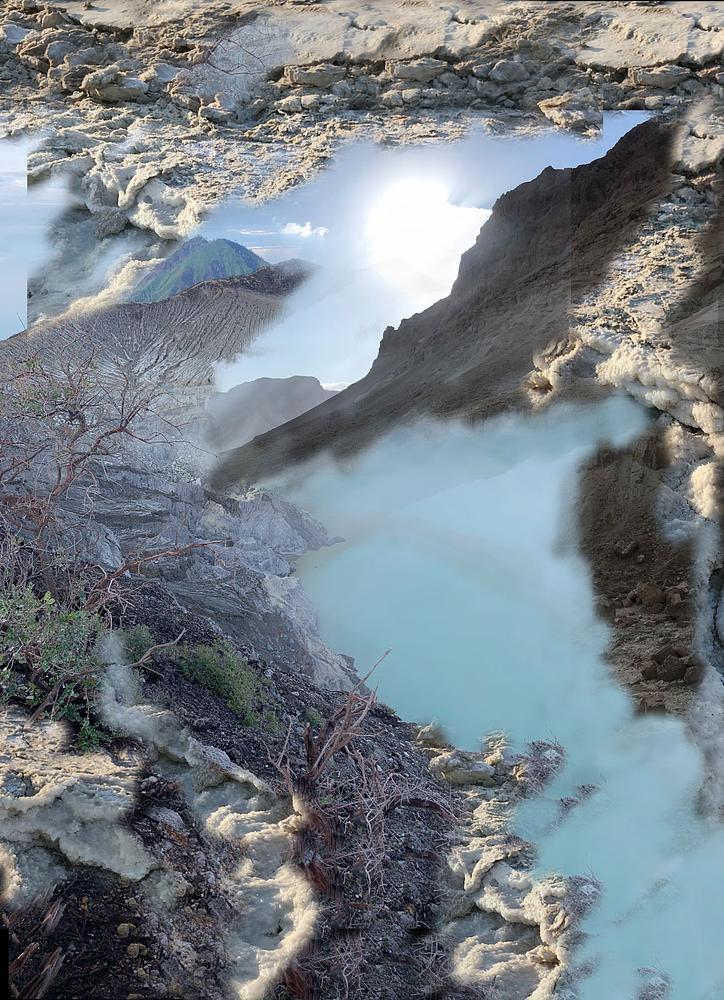

Five artists received grants to produce projects using new technology and digital media, which are presented on the Garage Digital platform in 2020.
